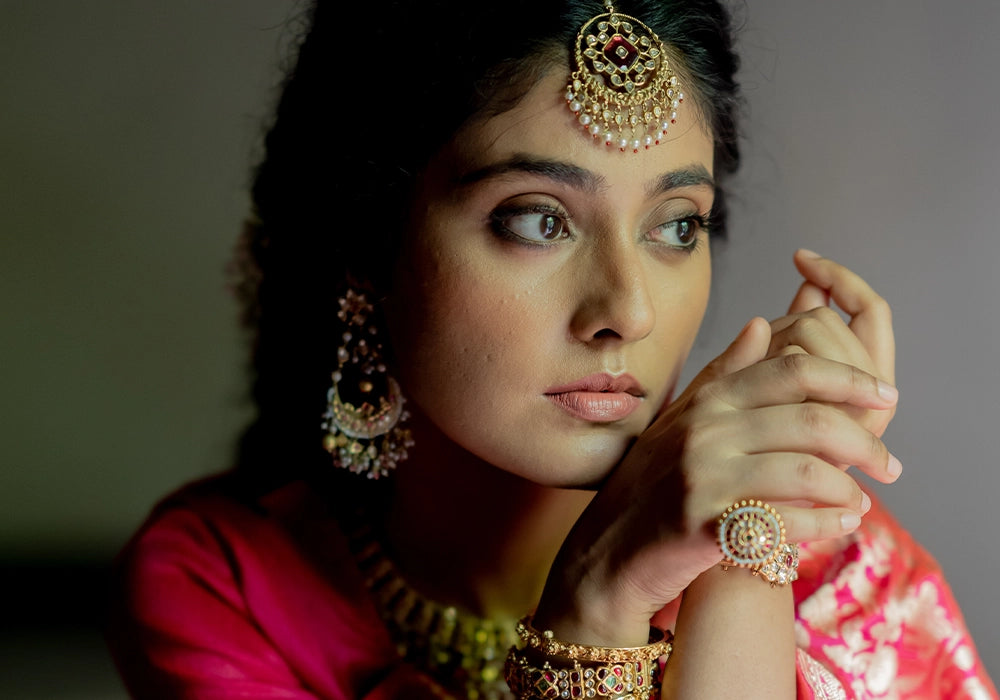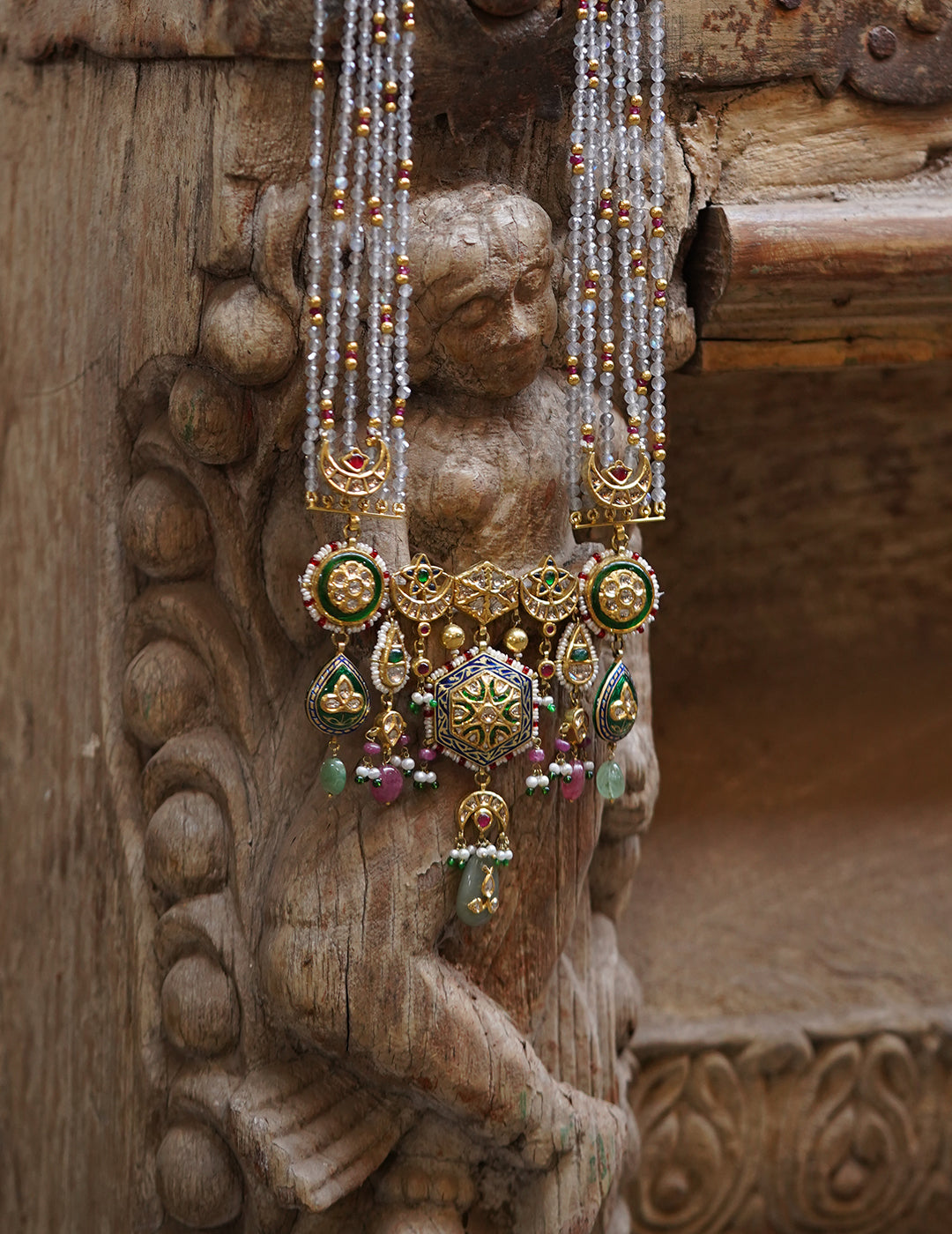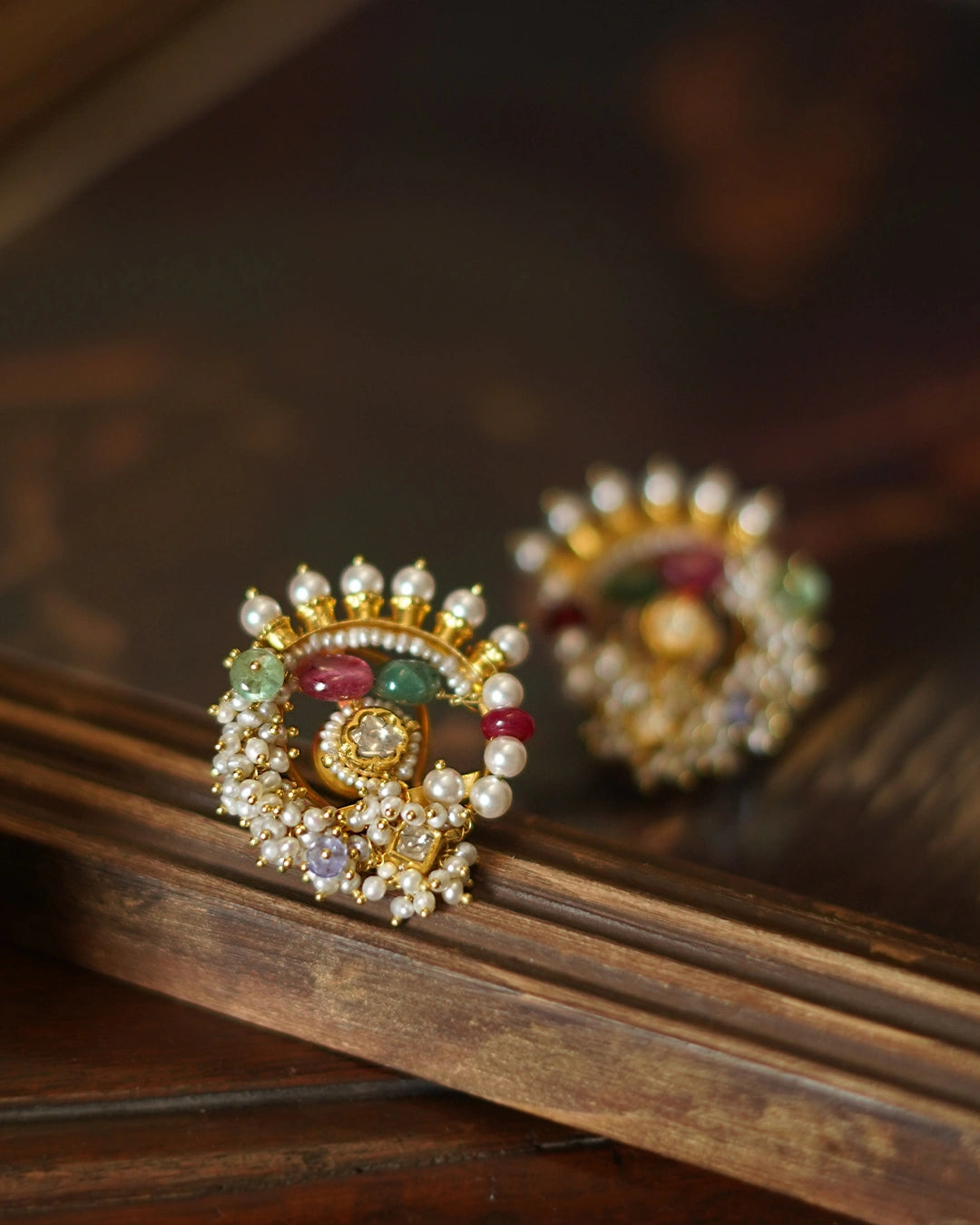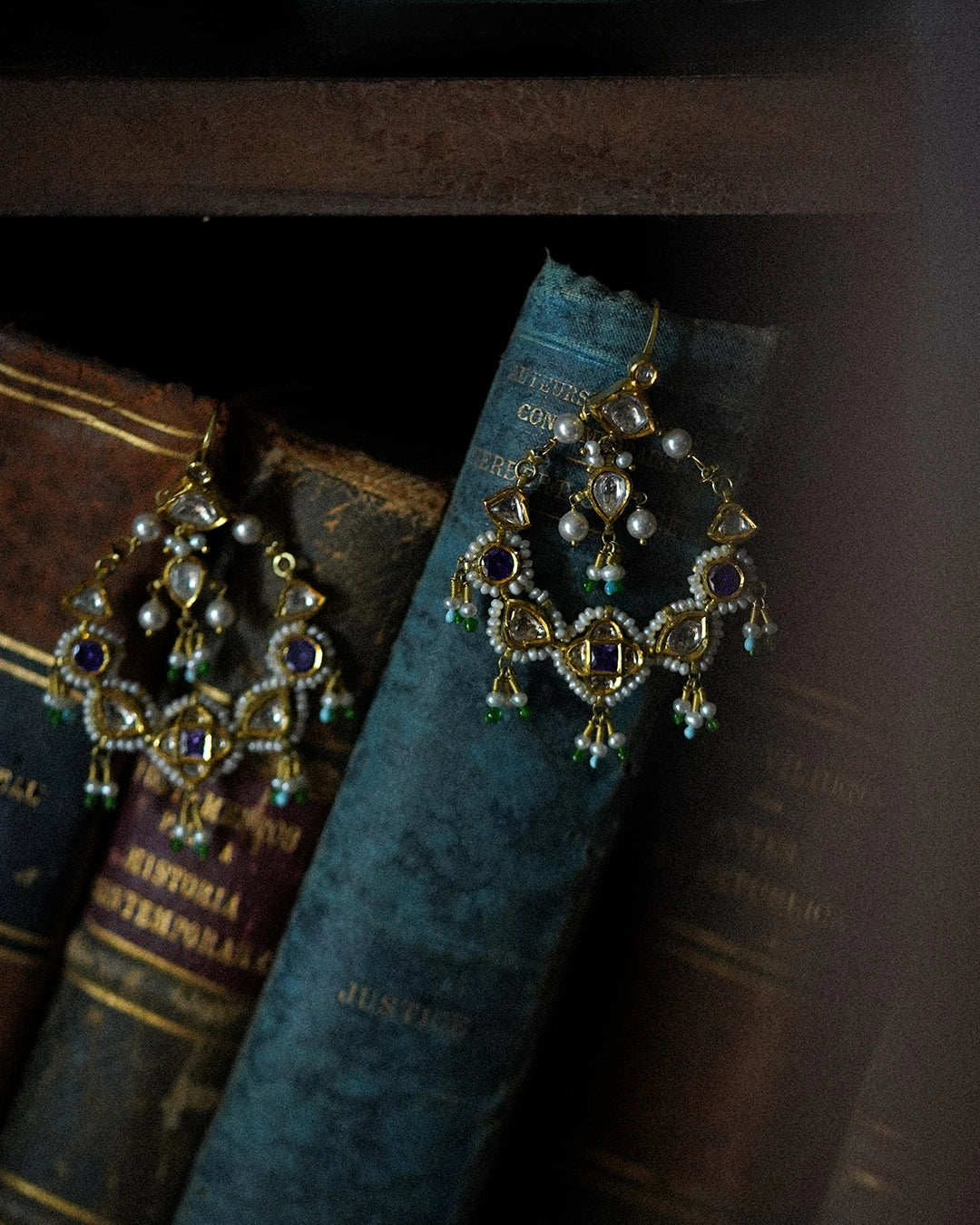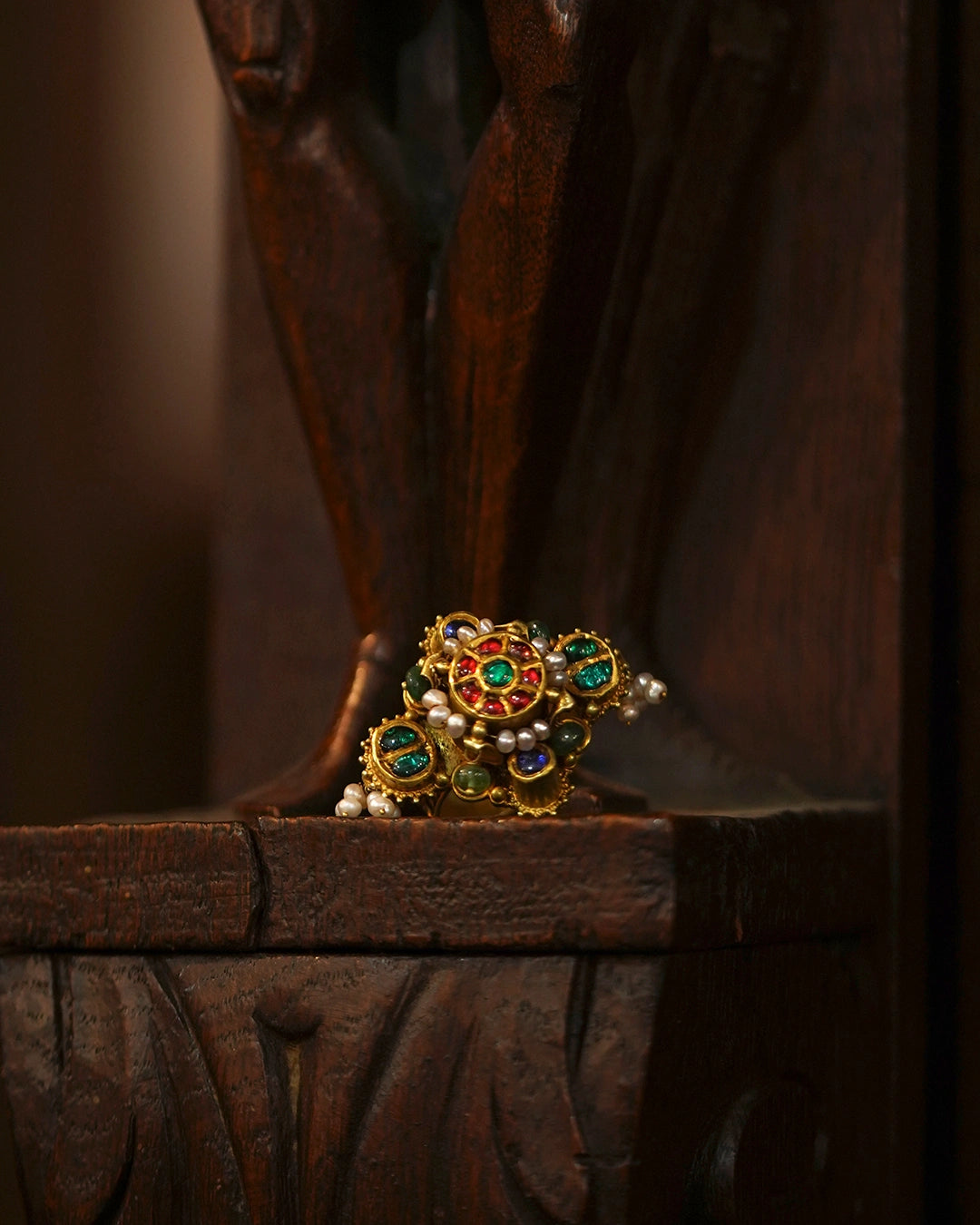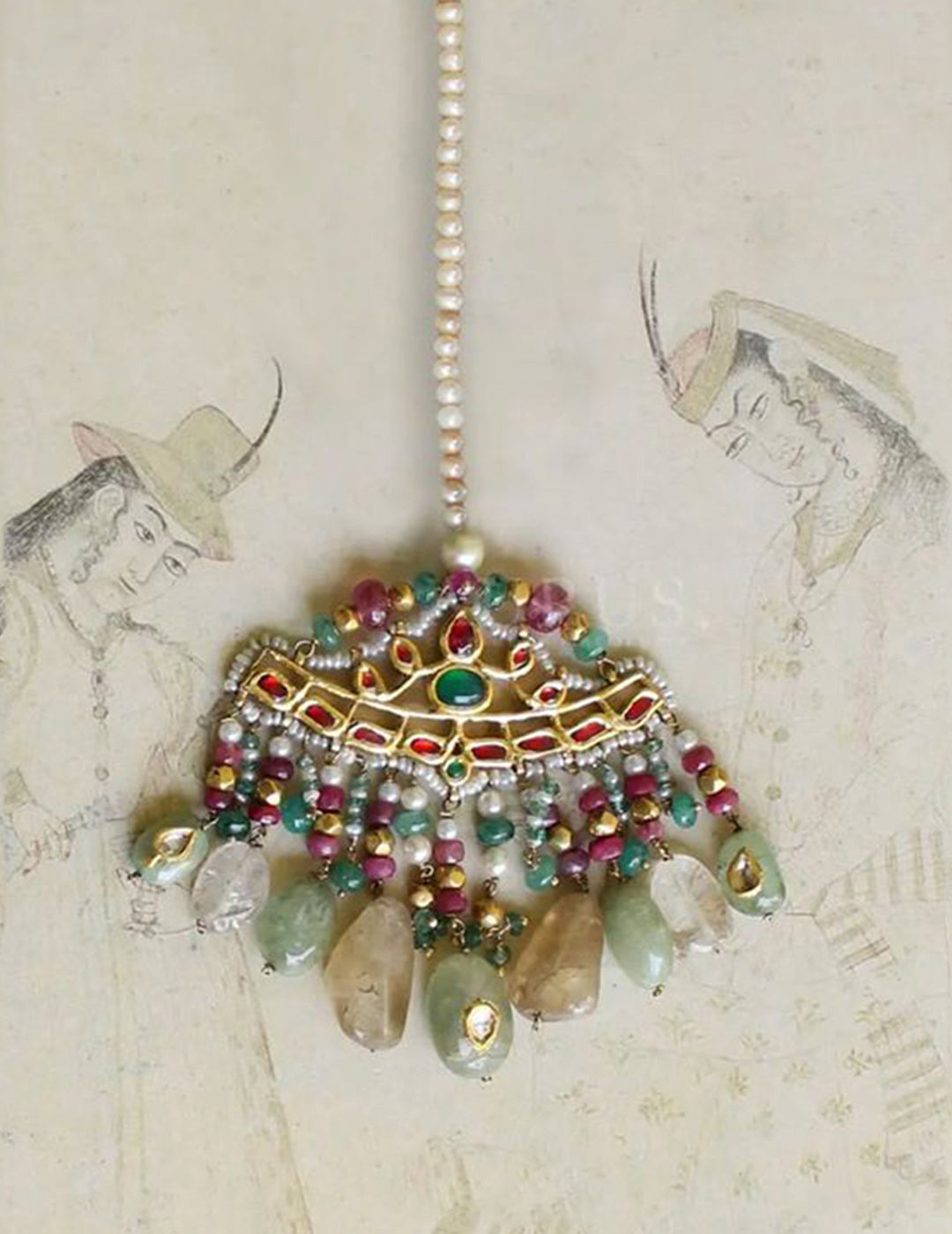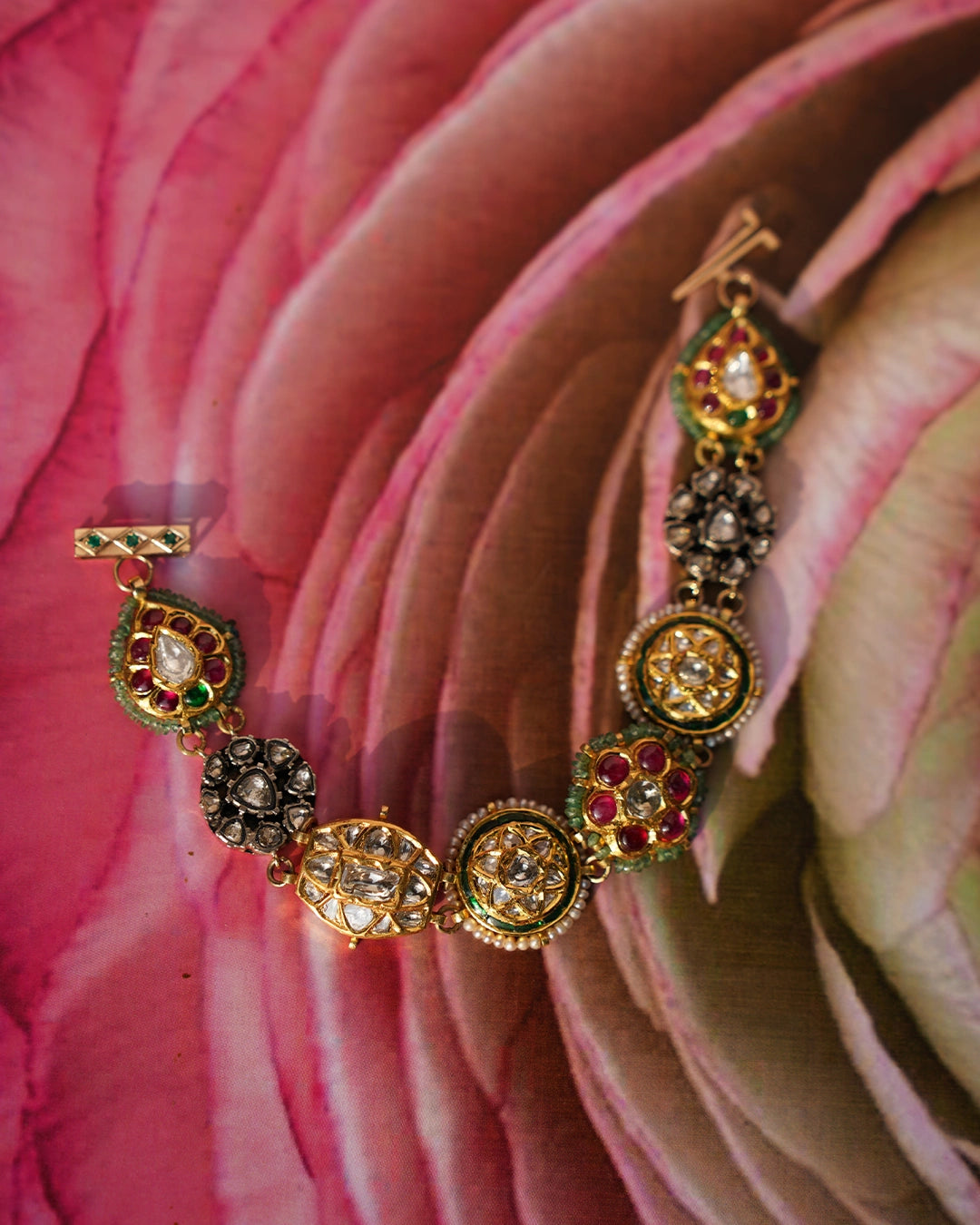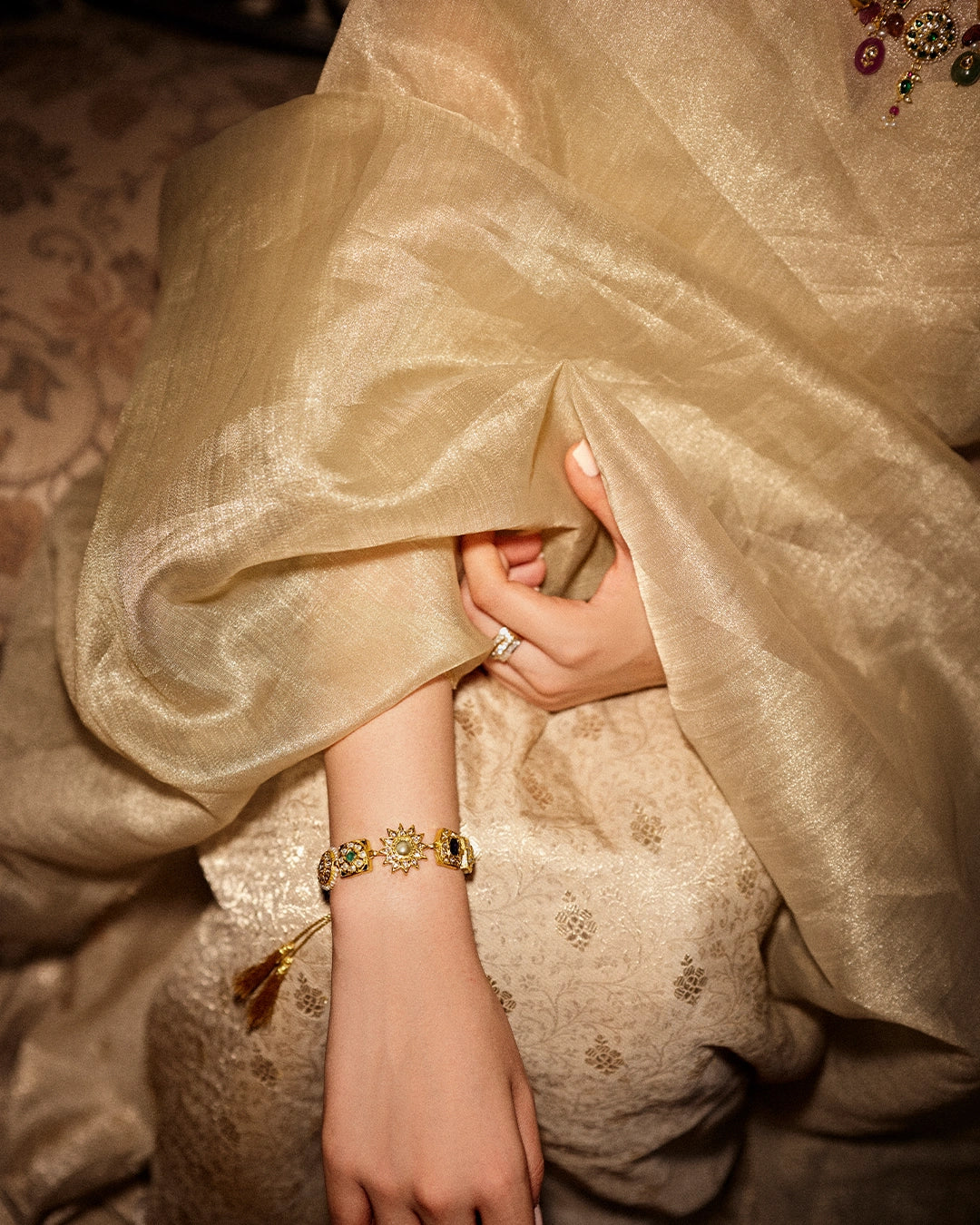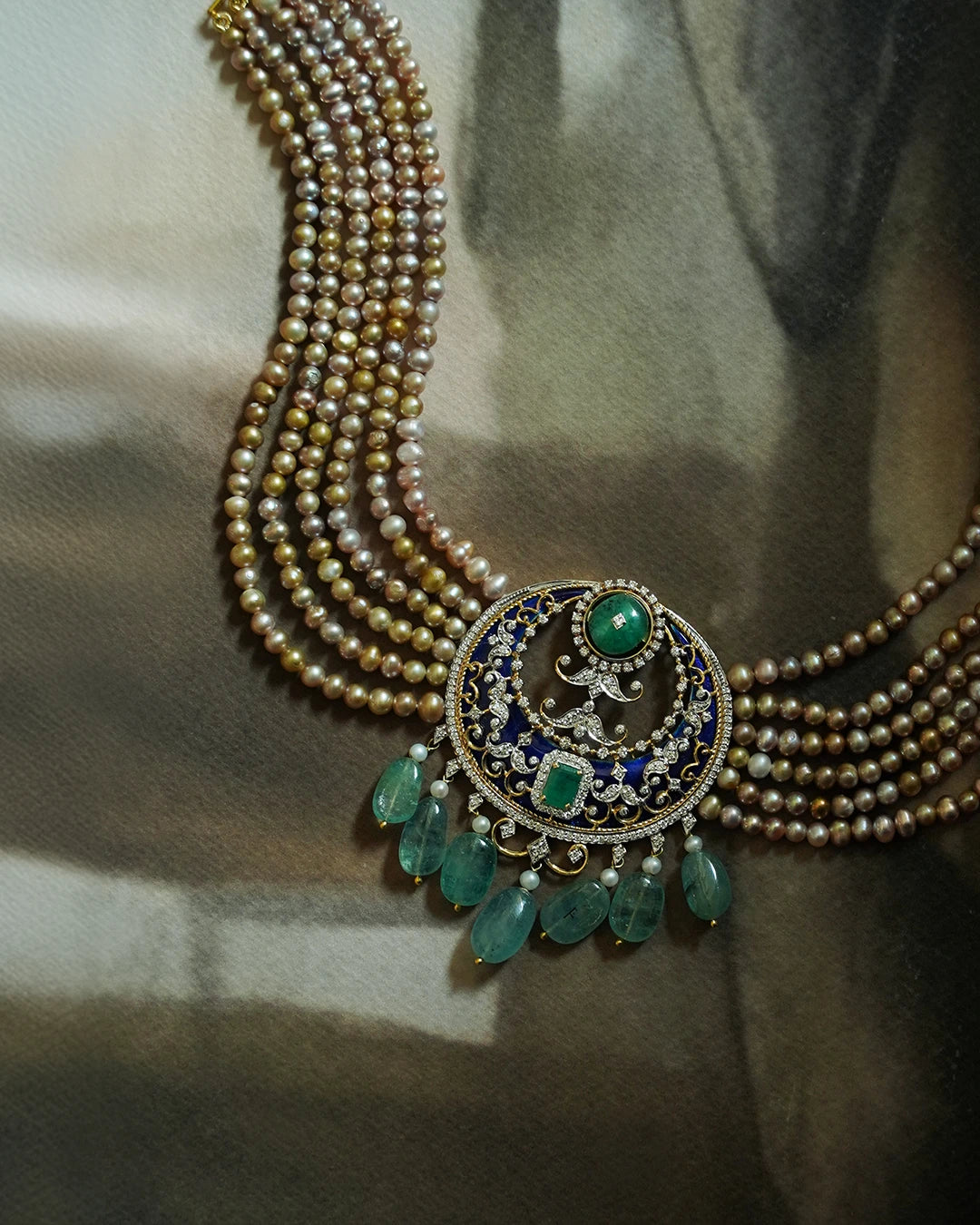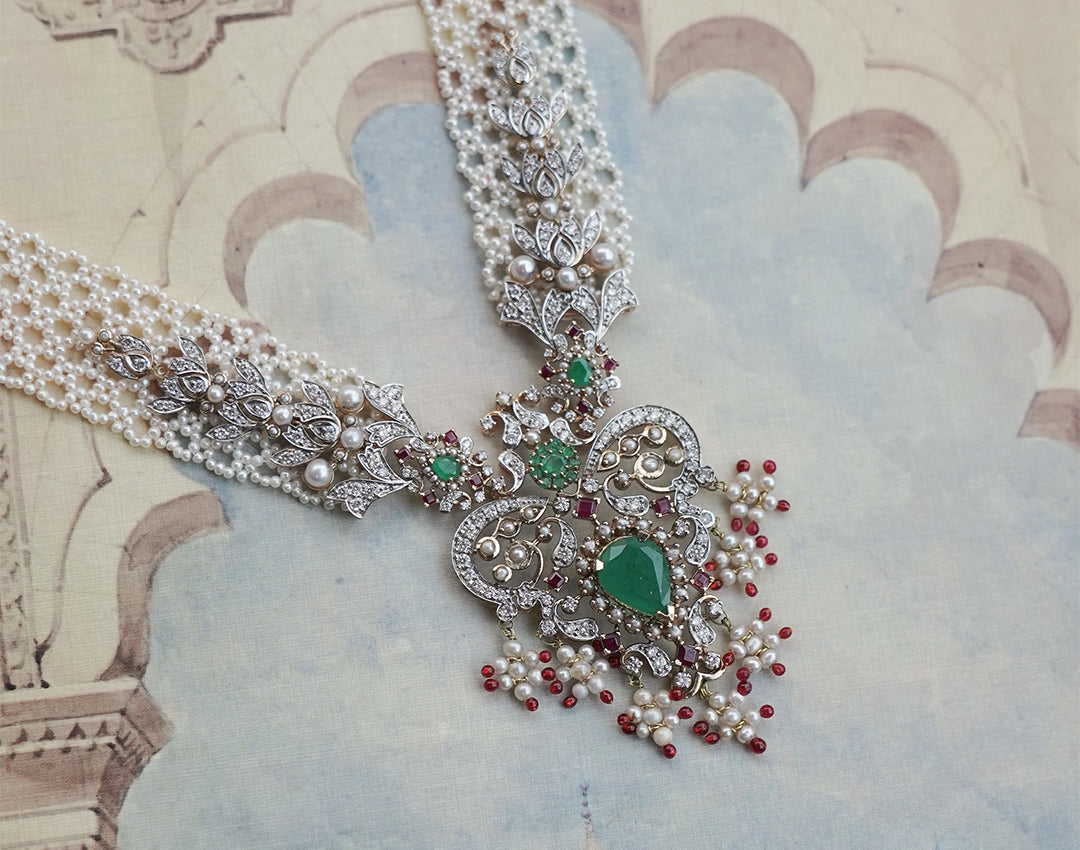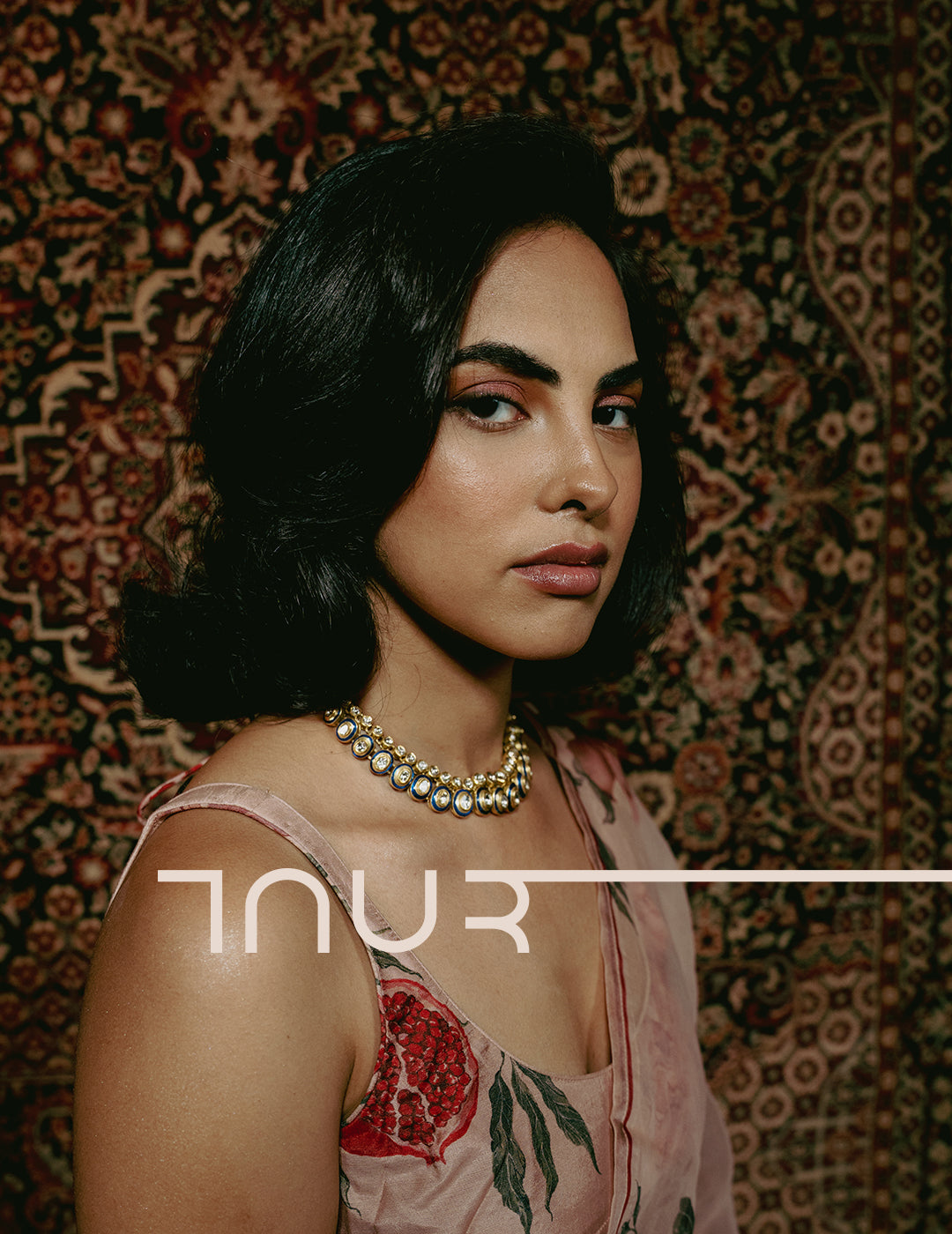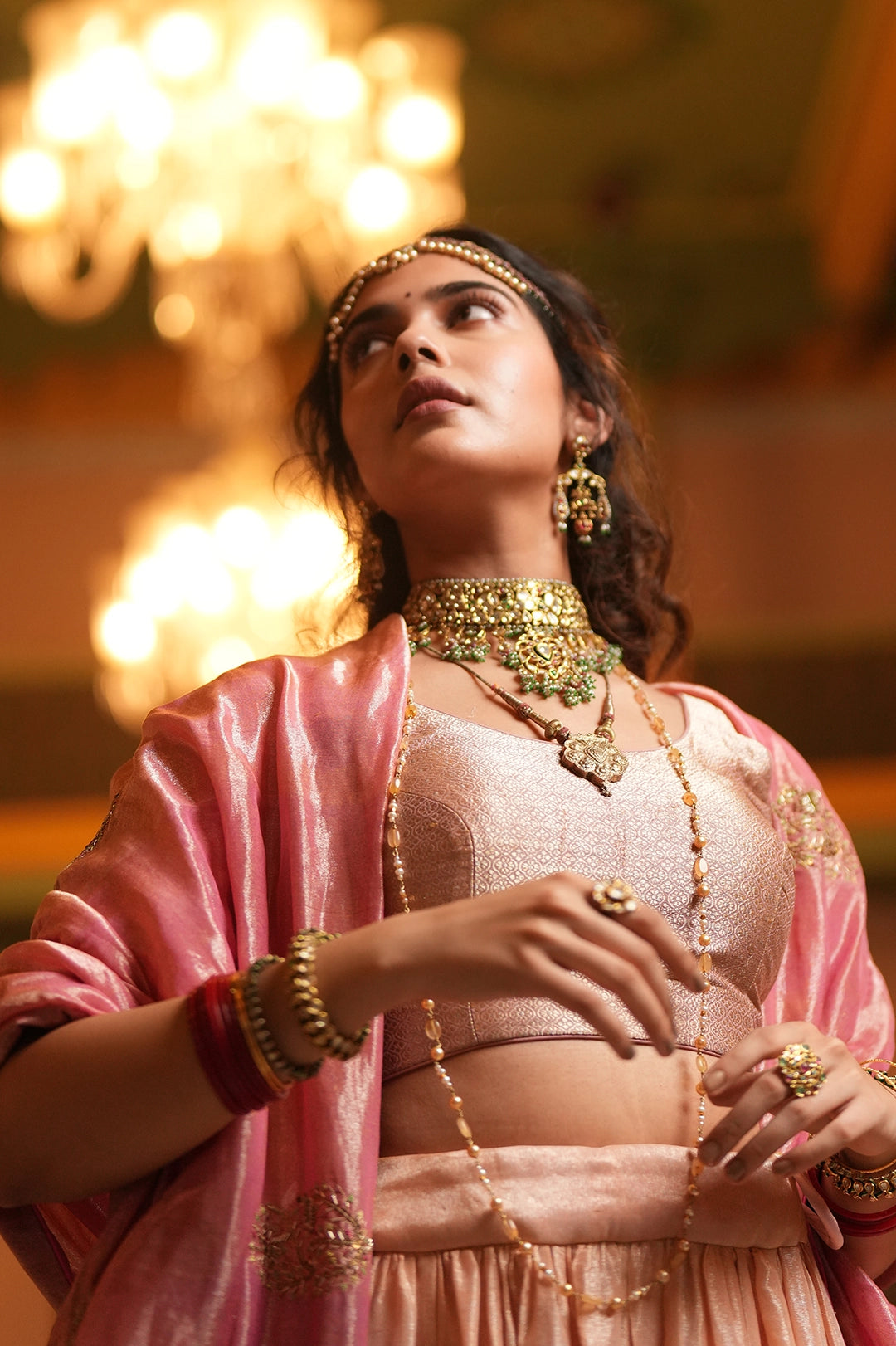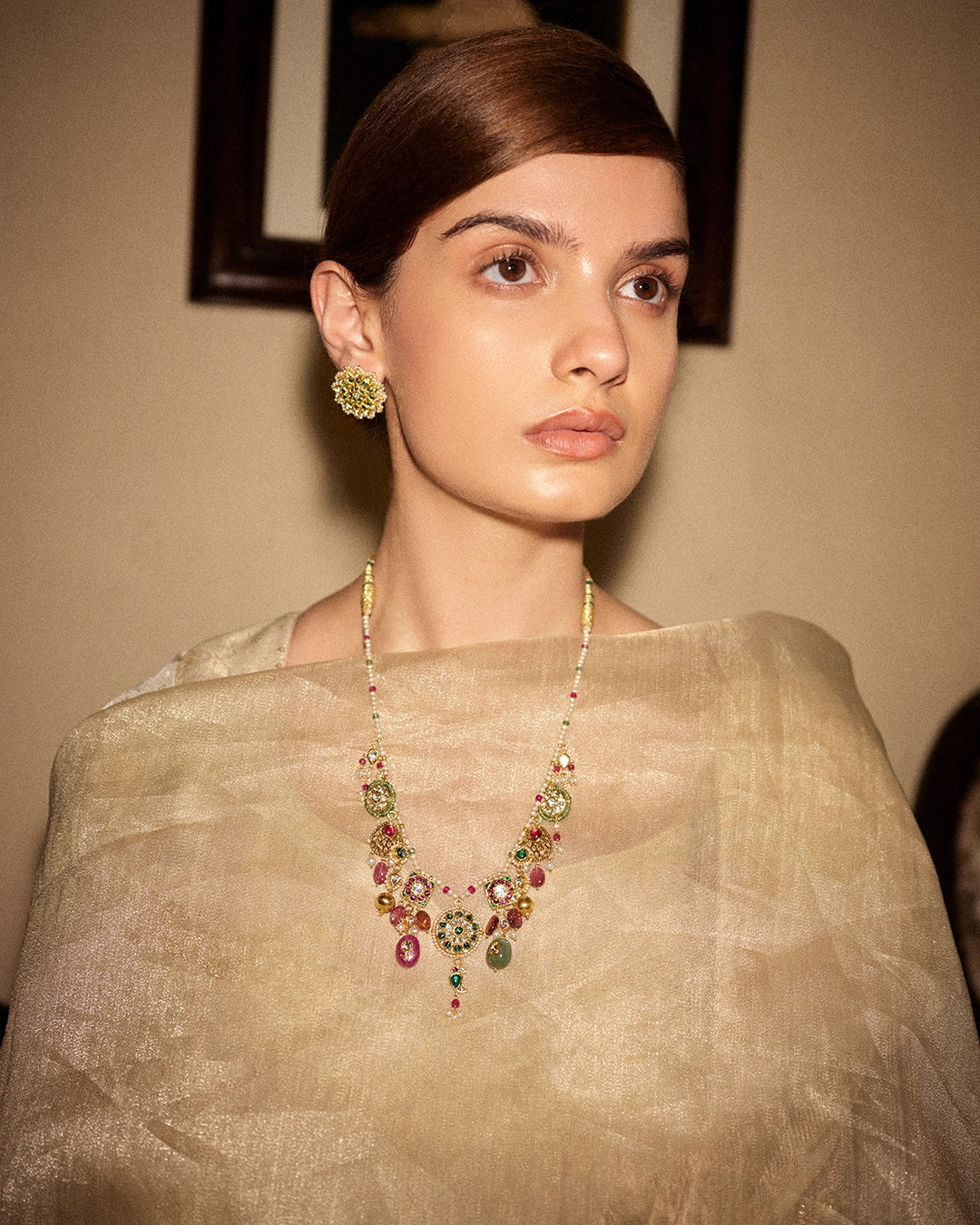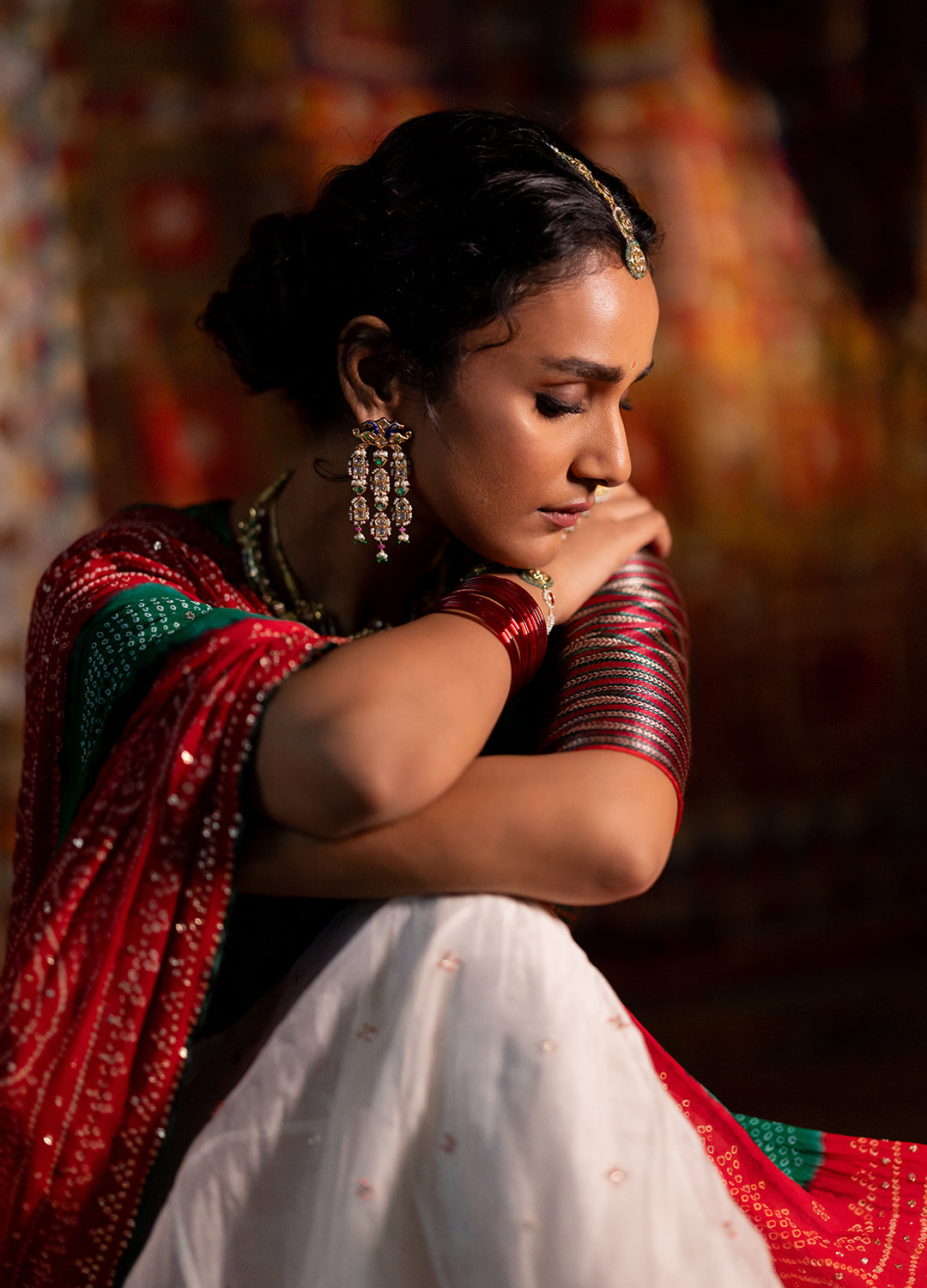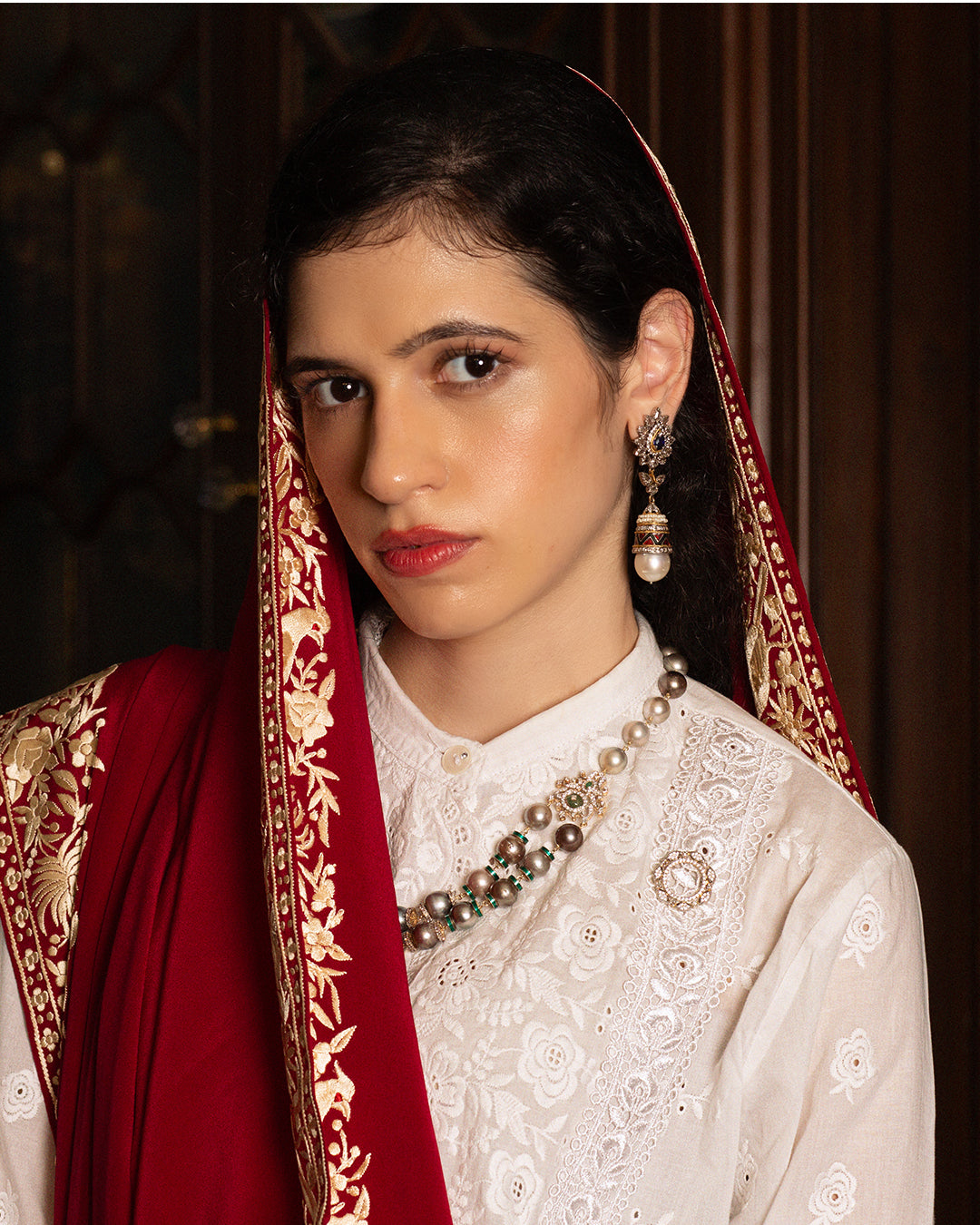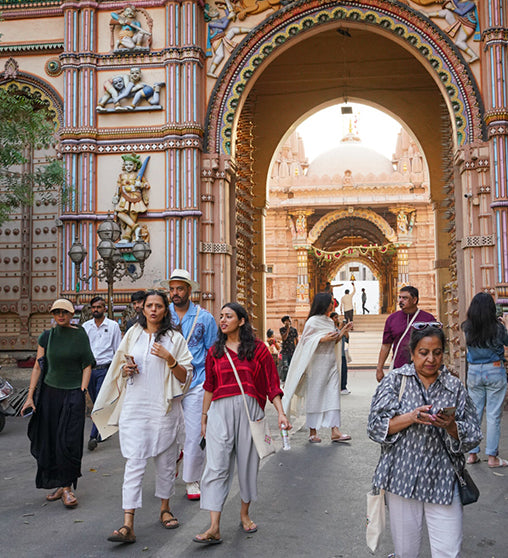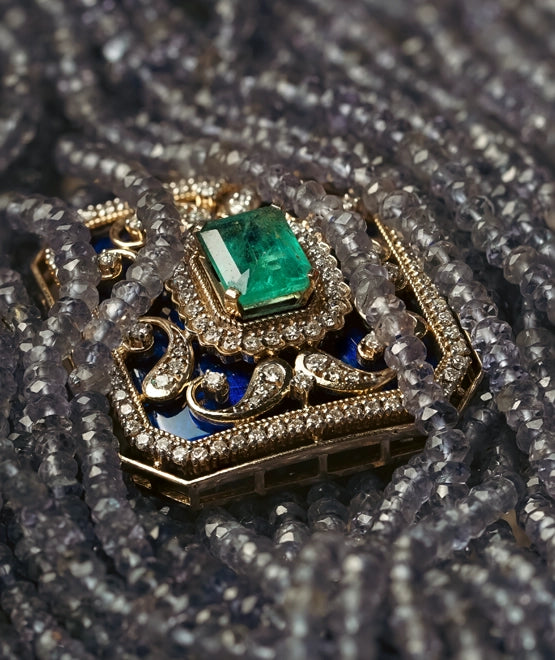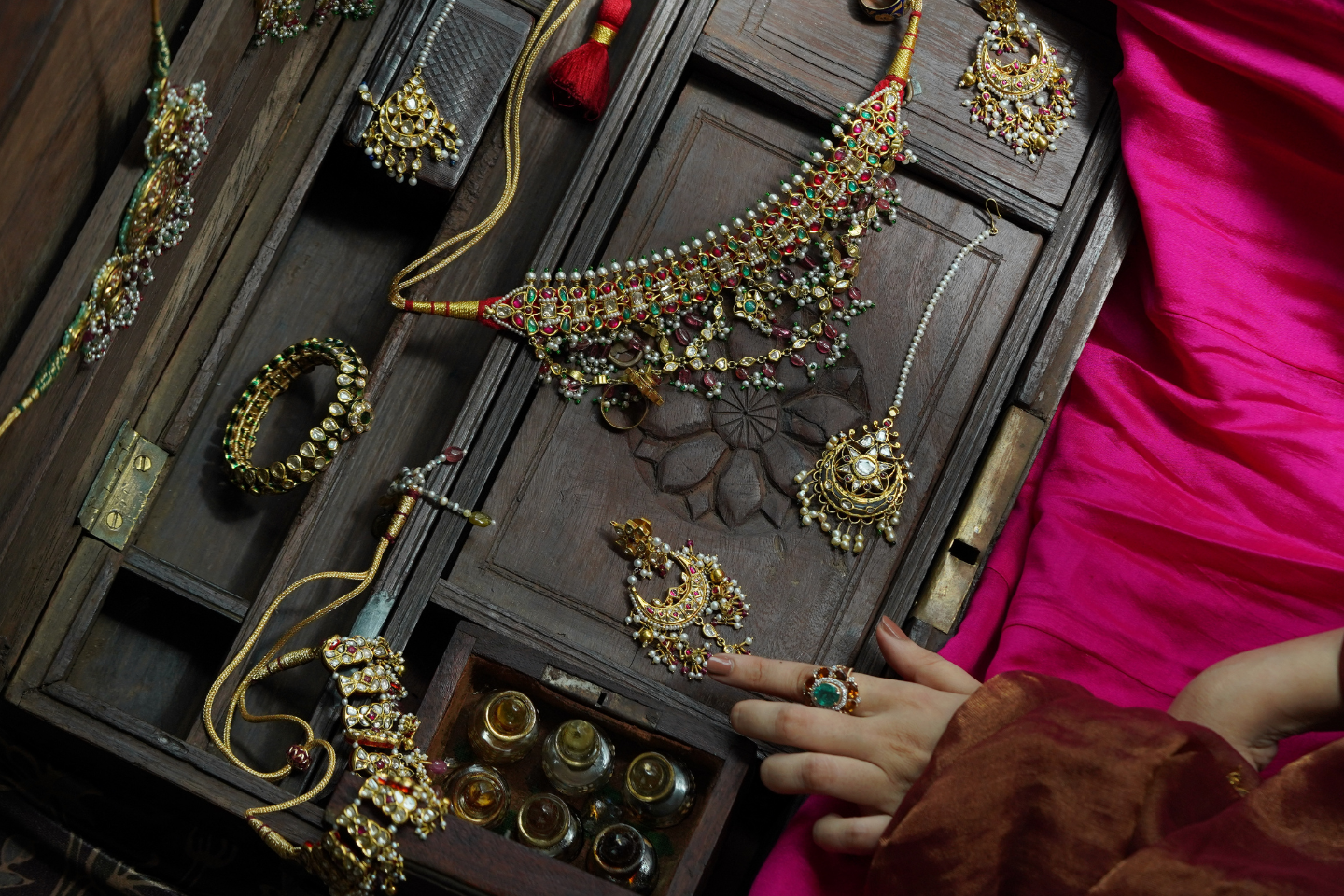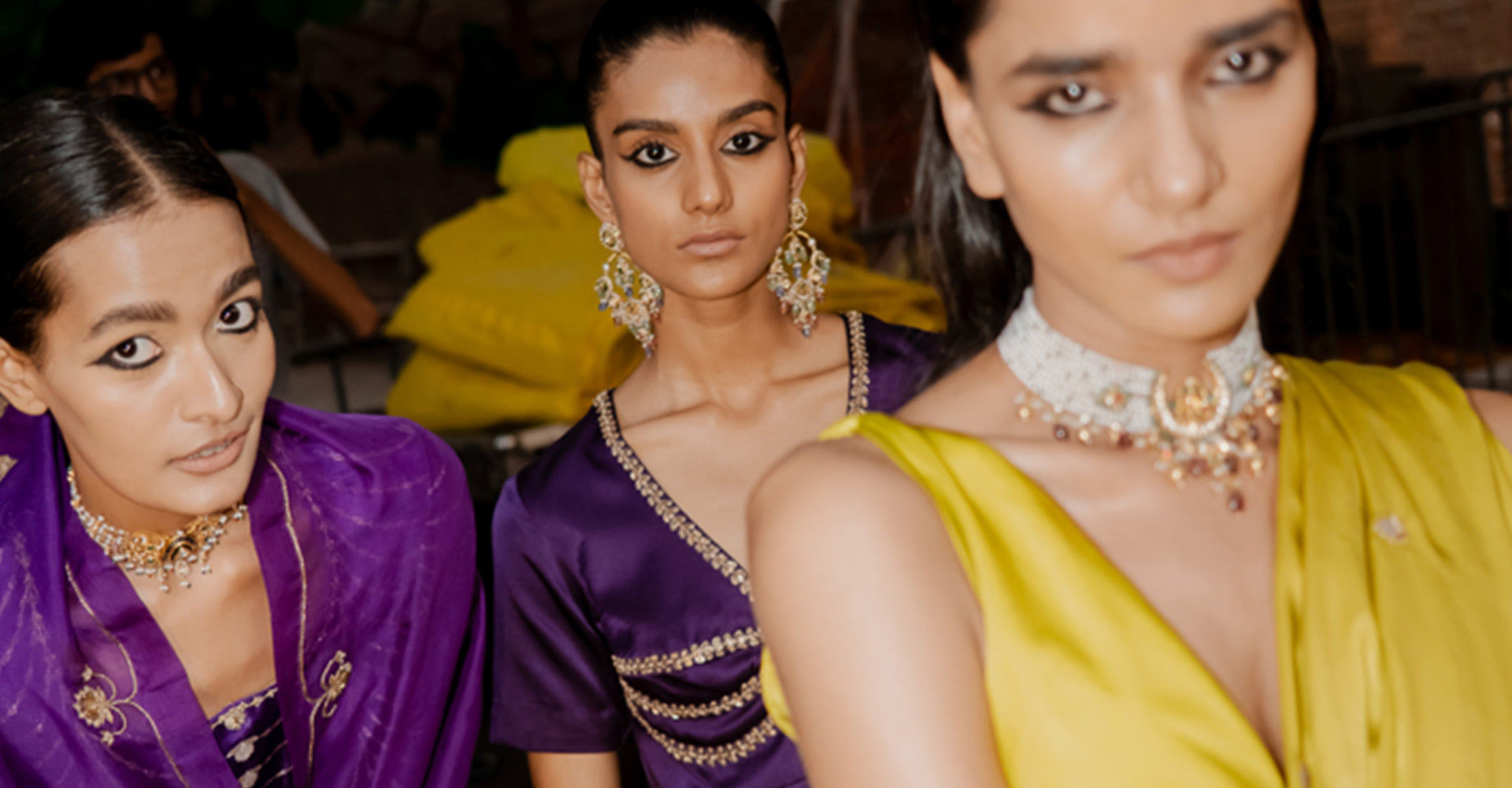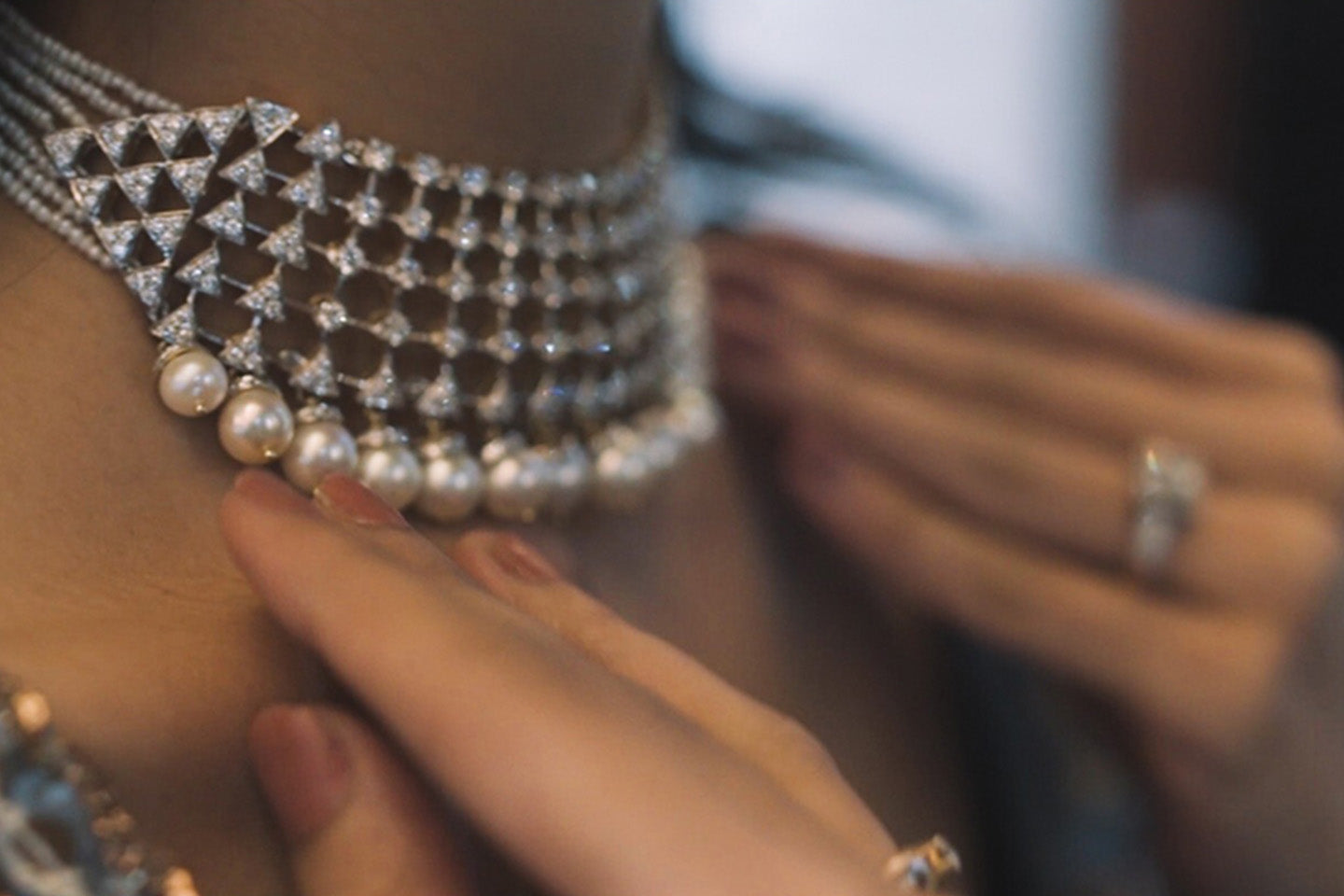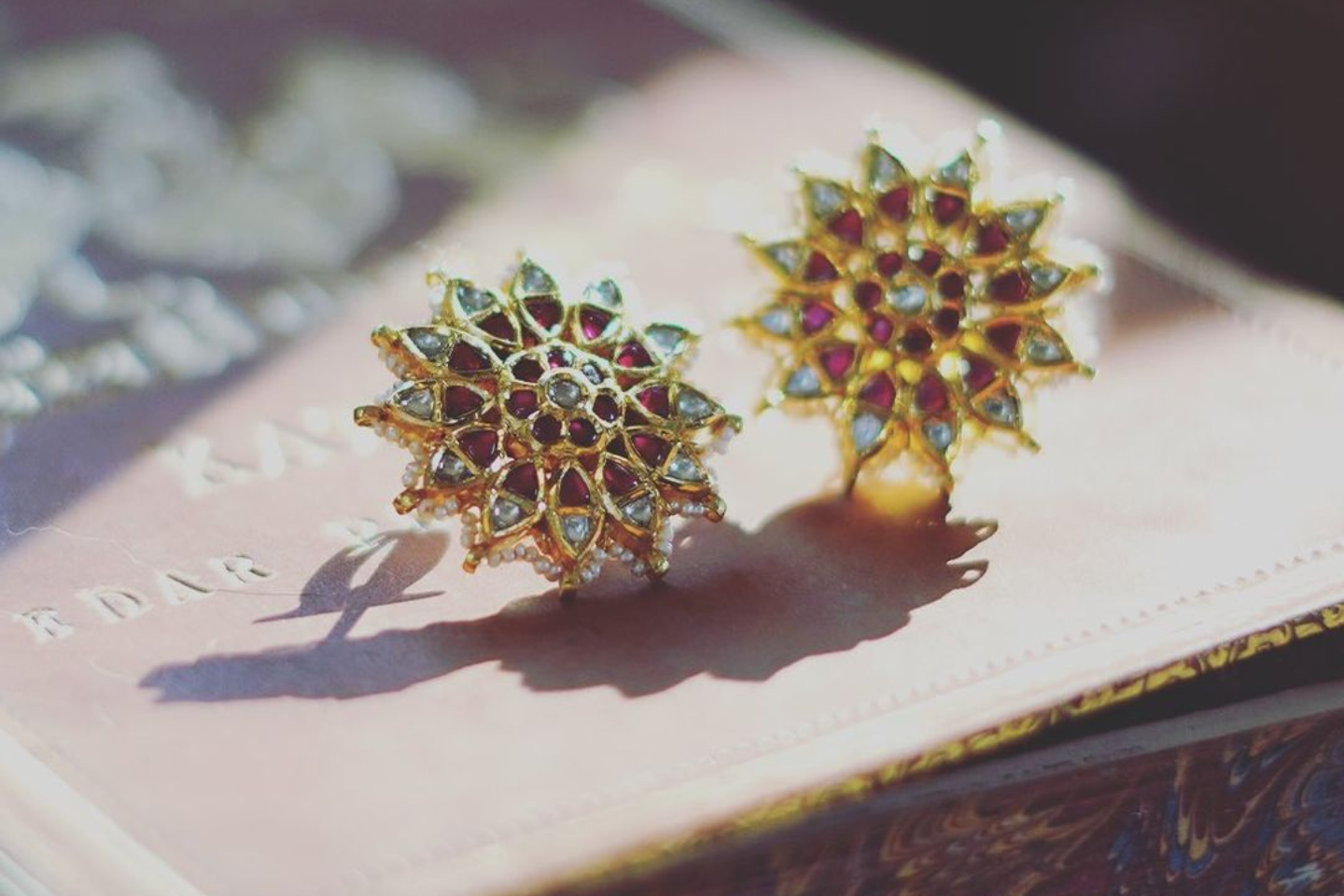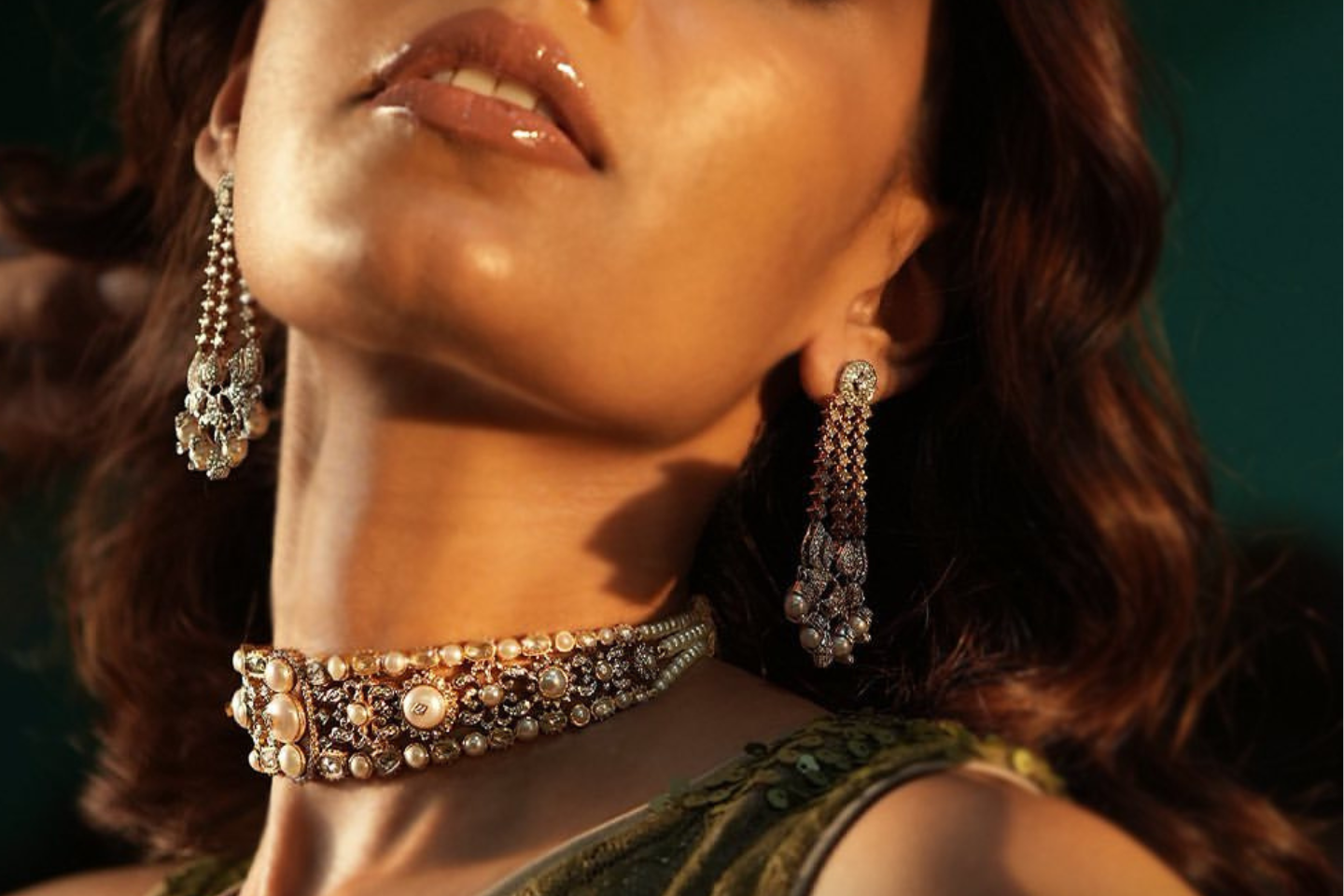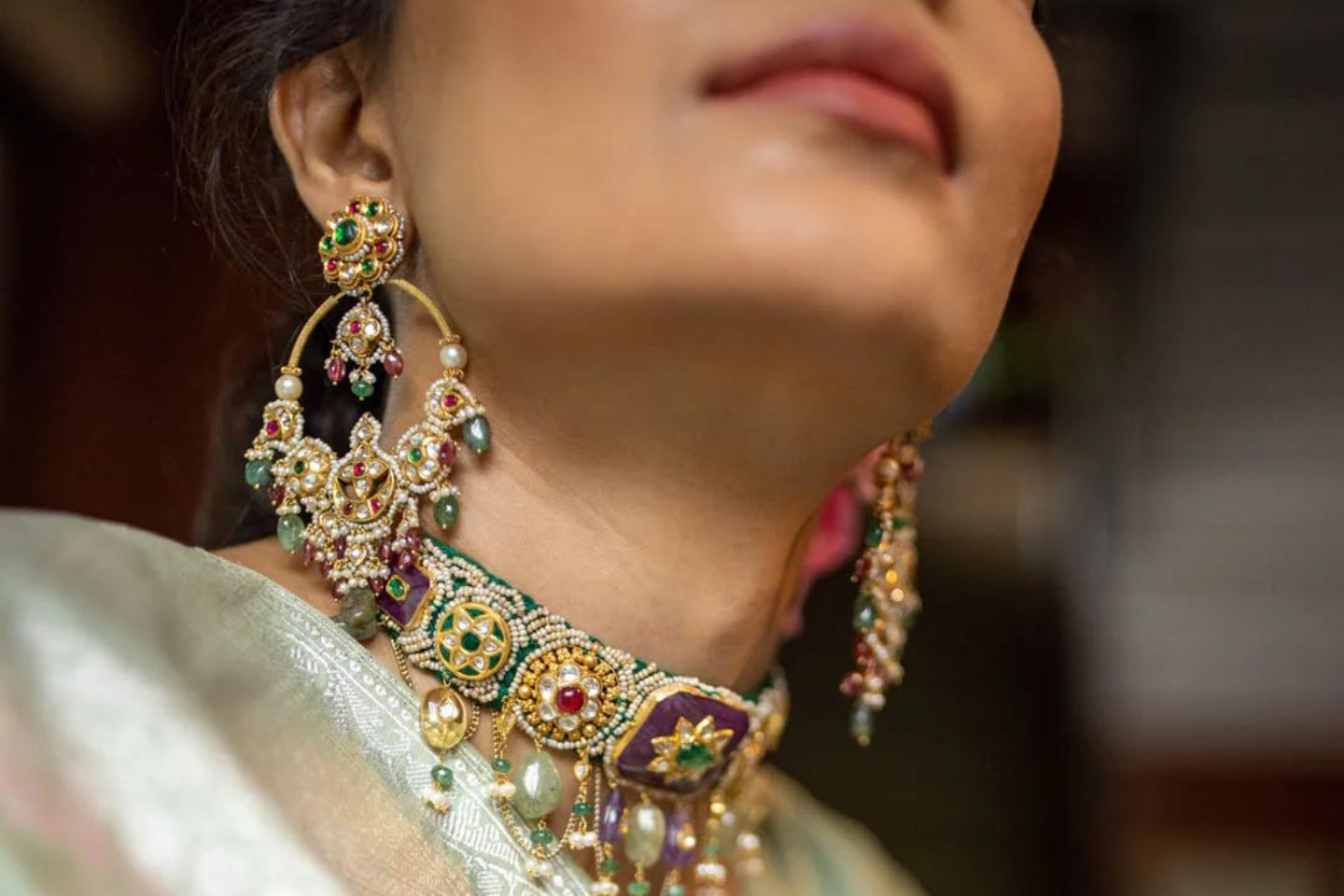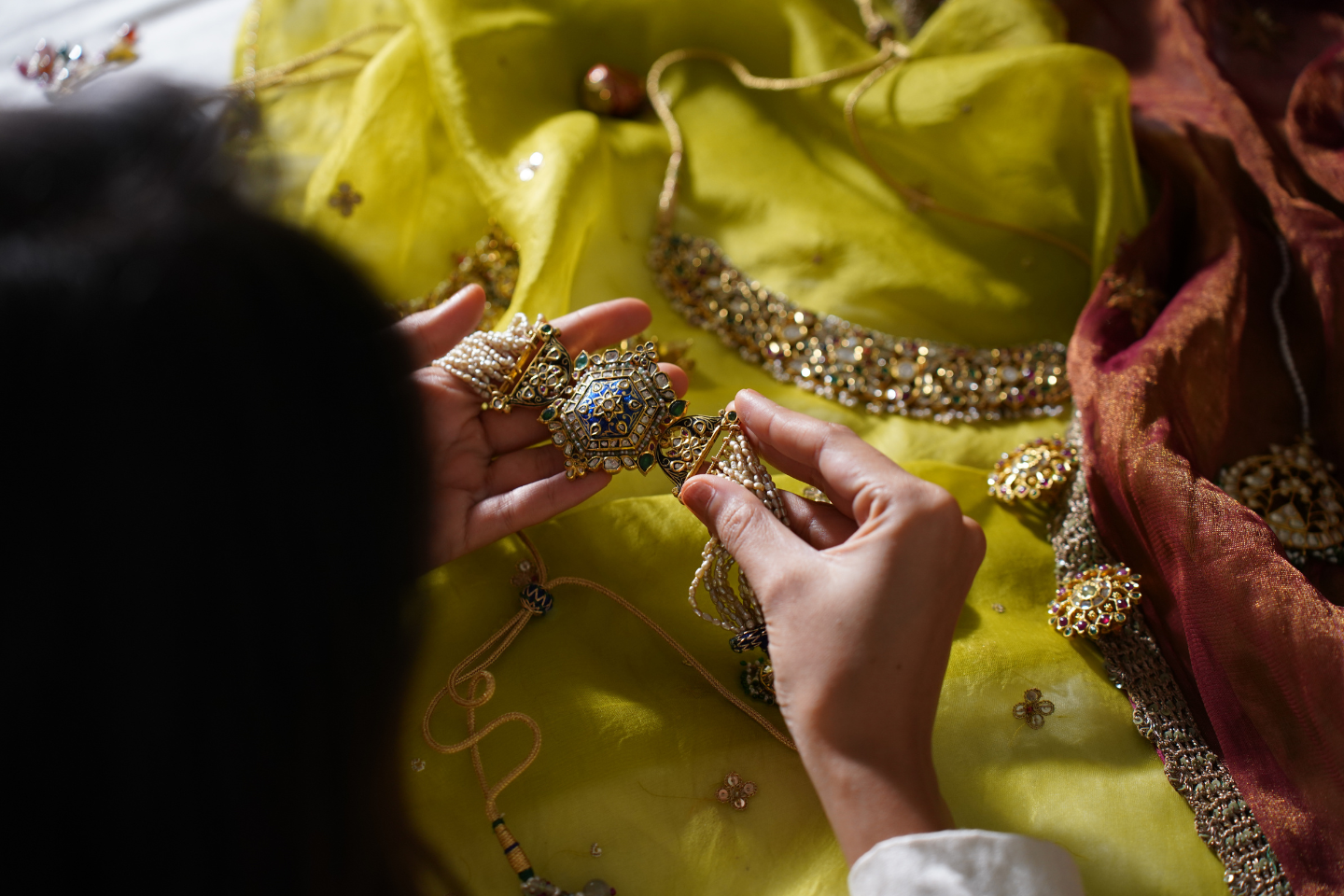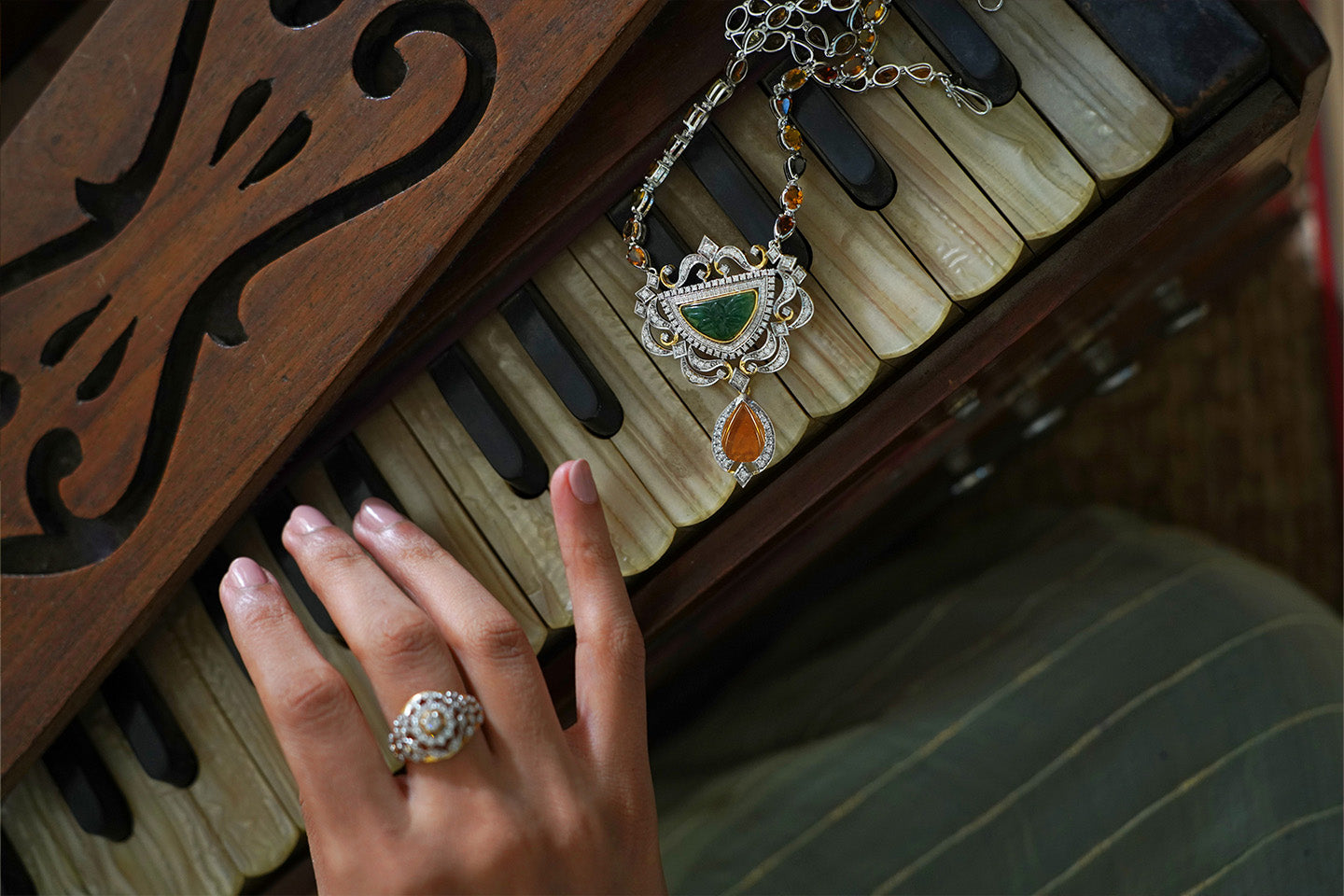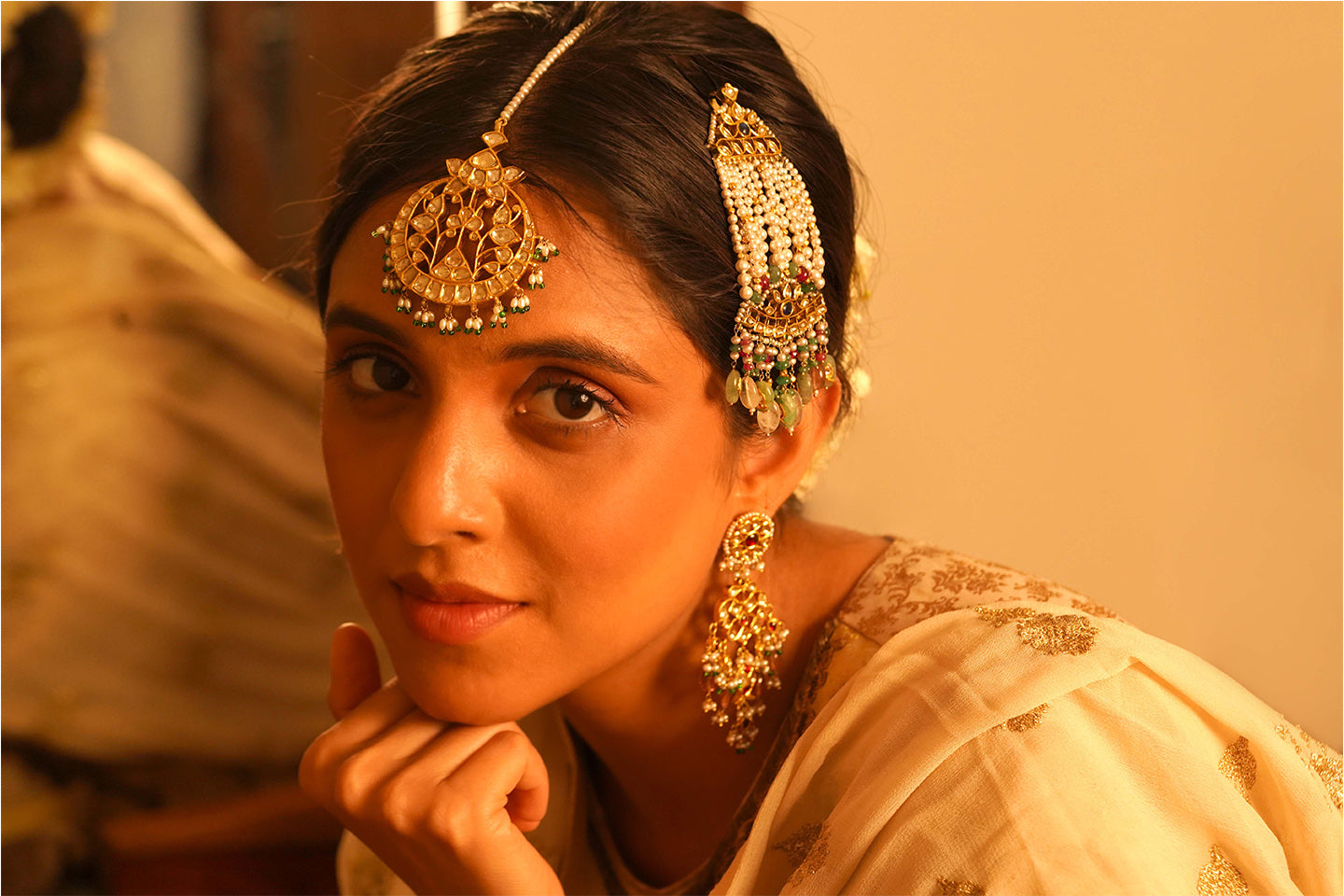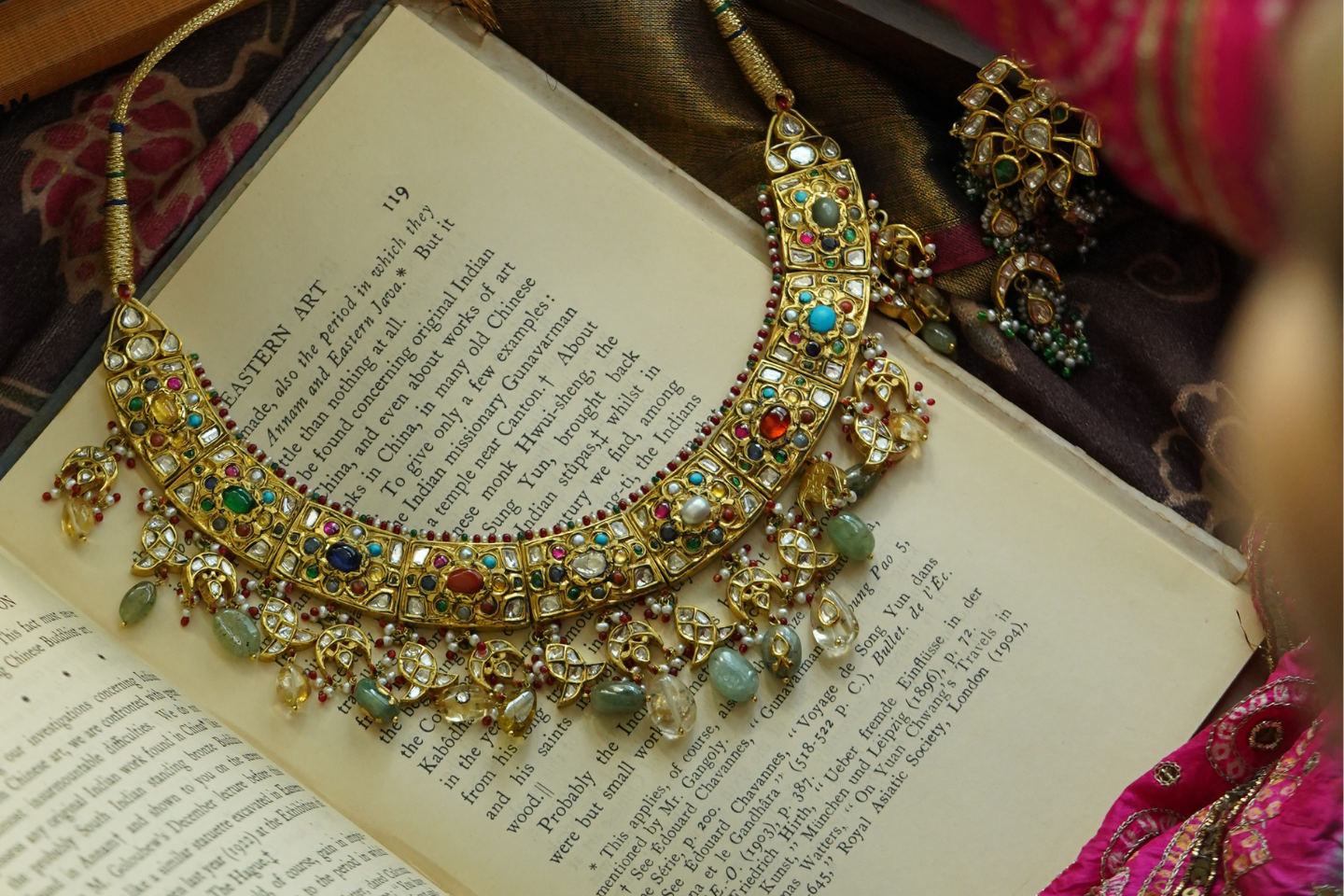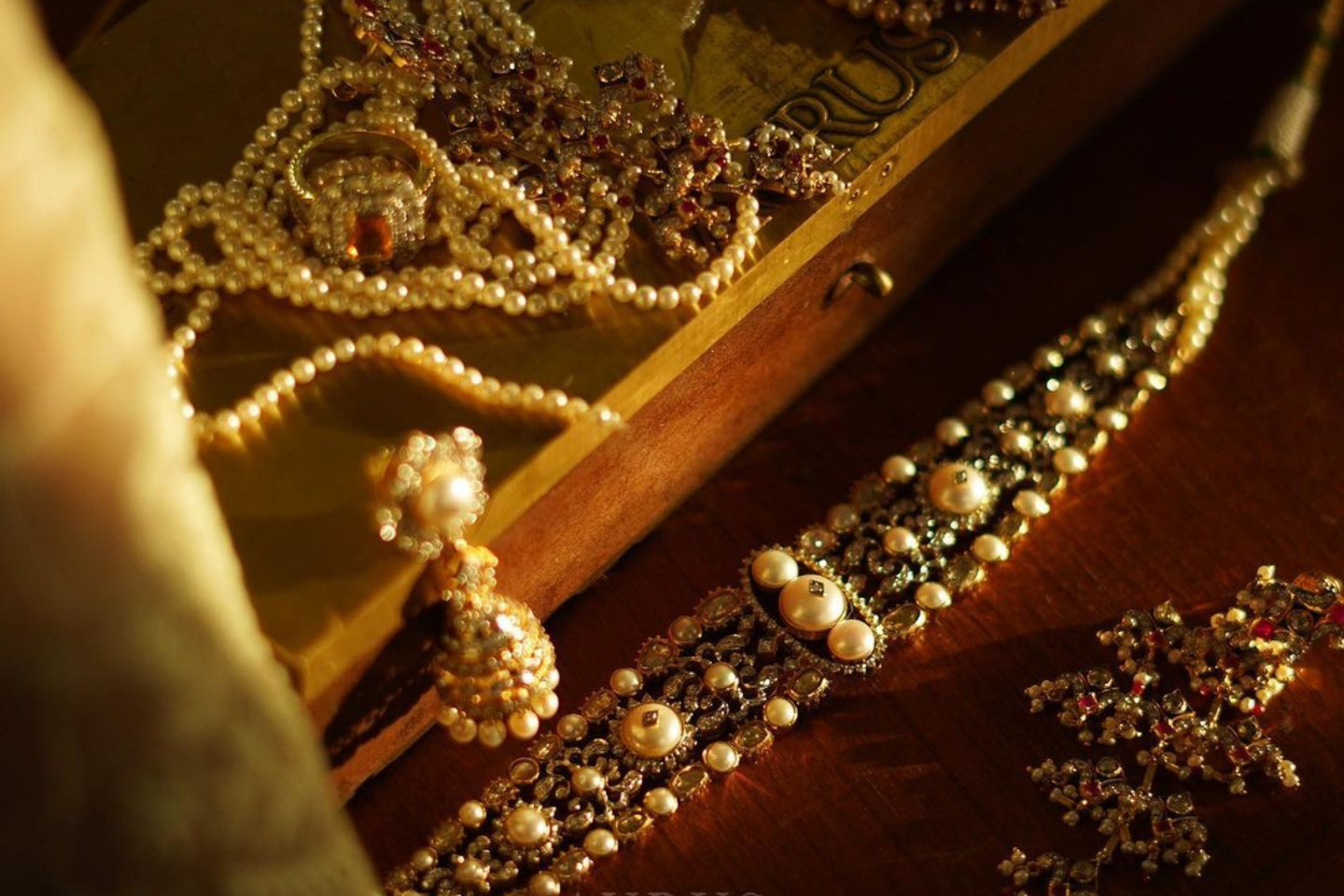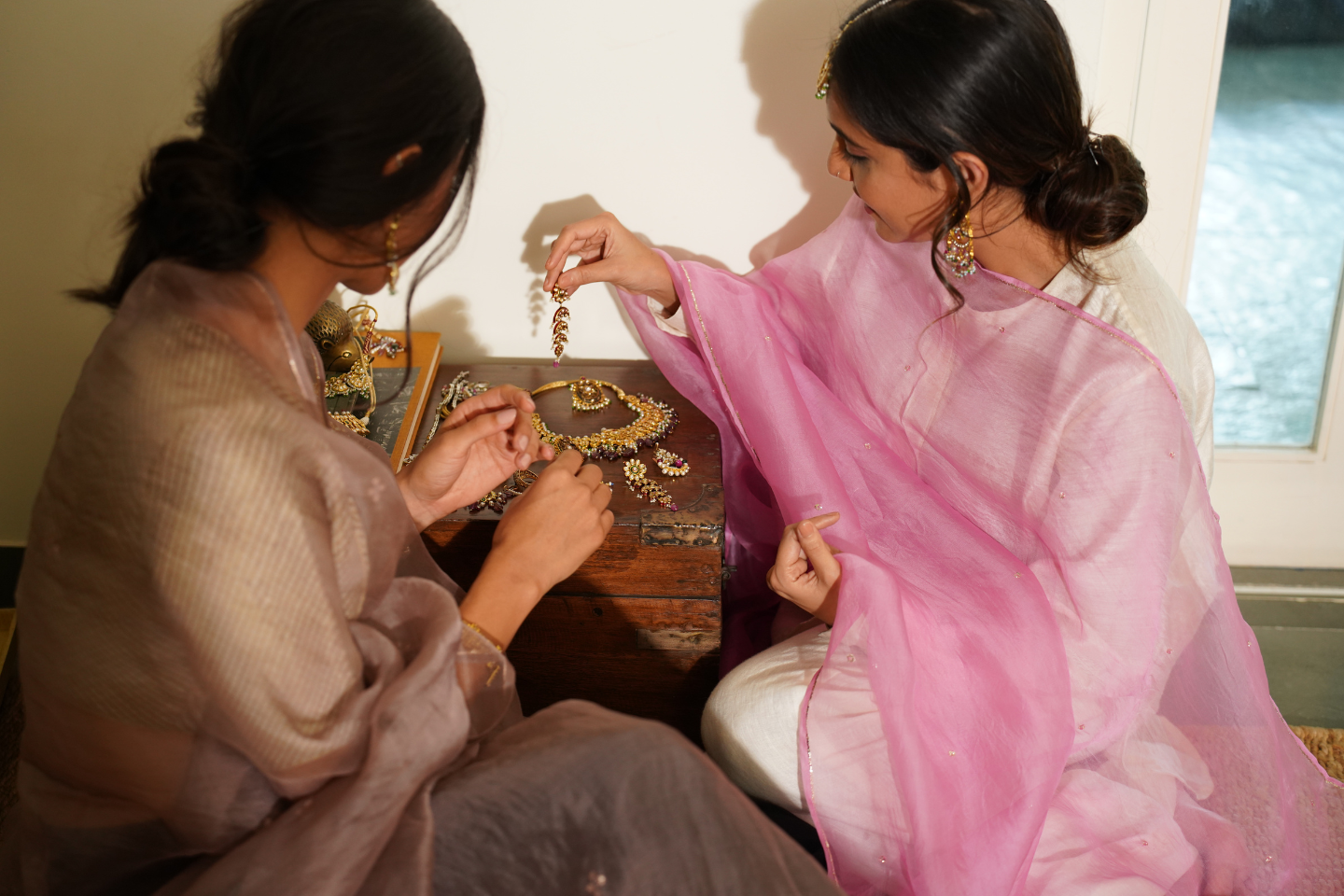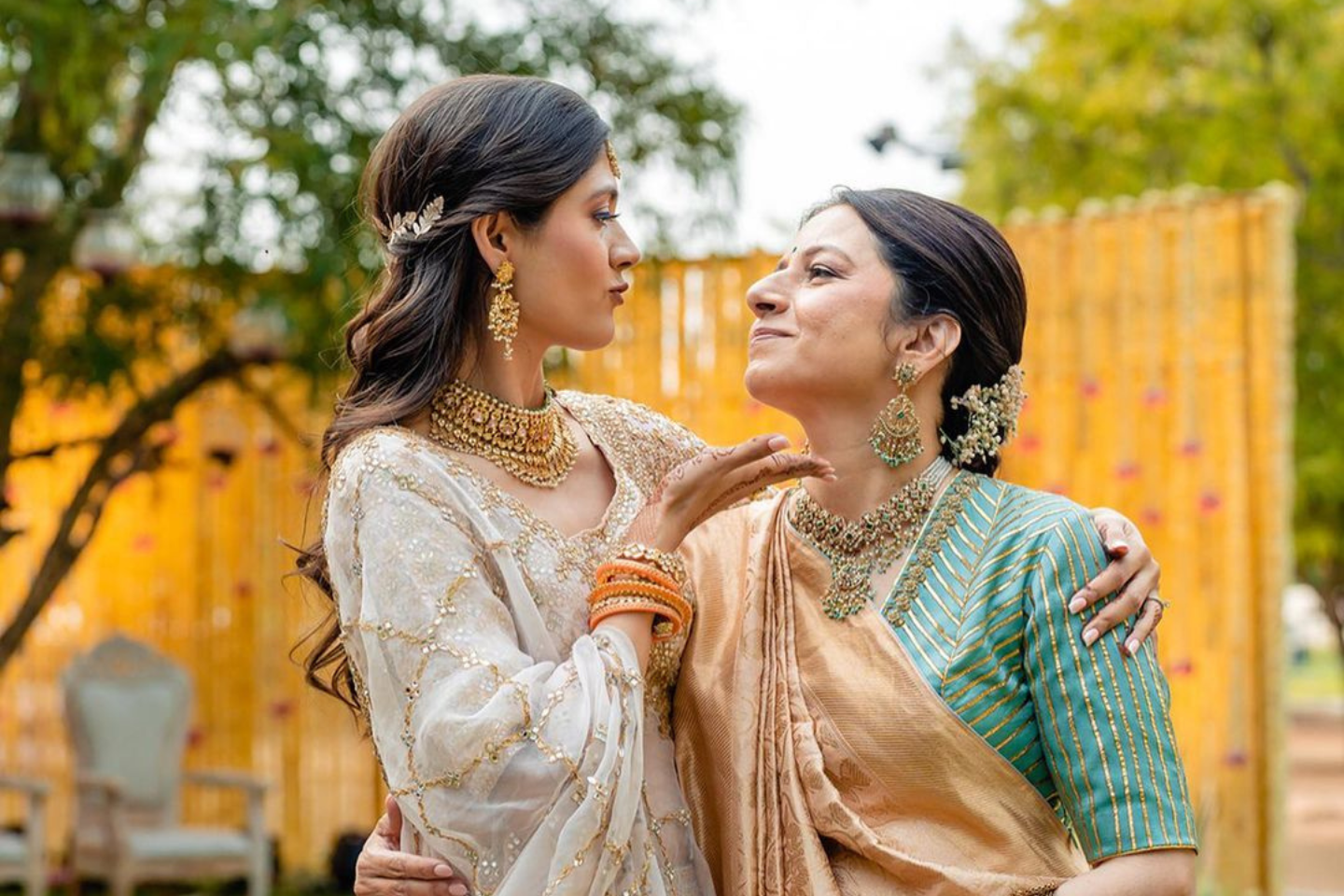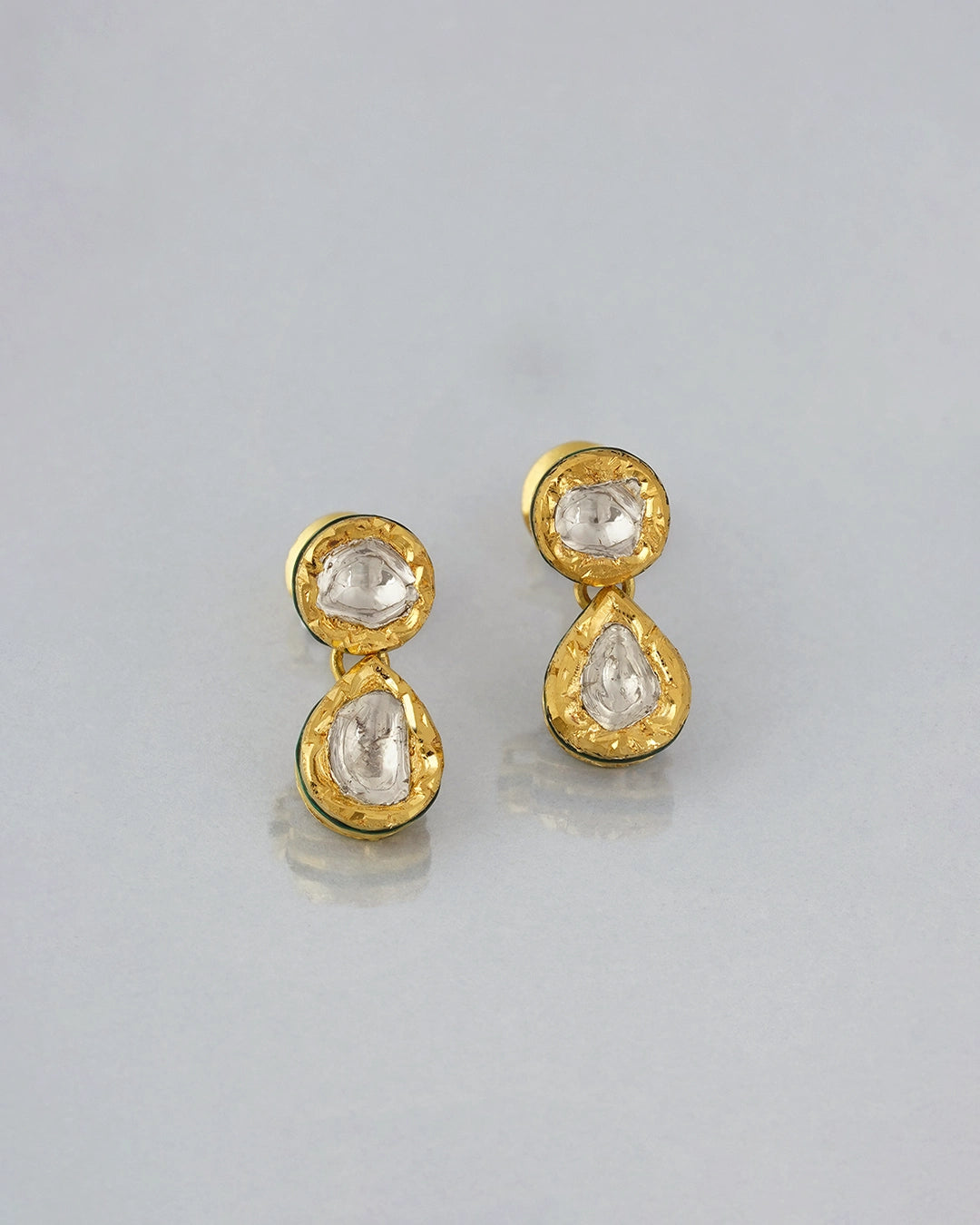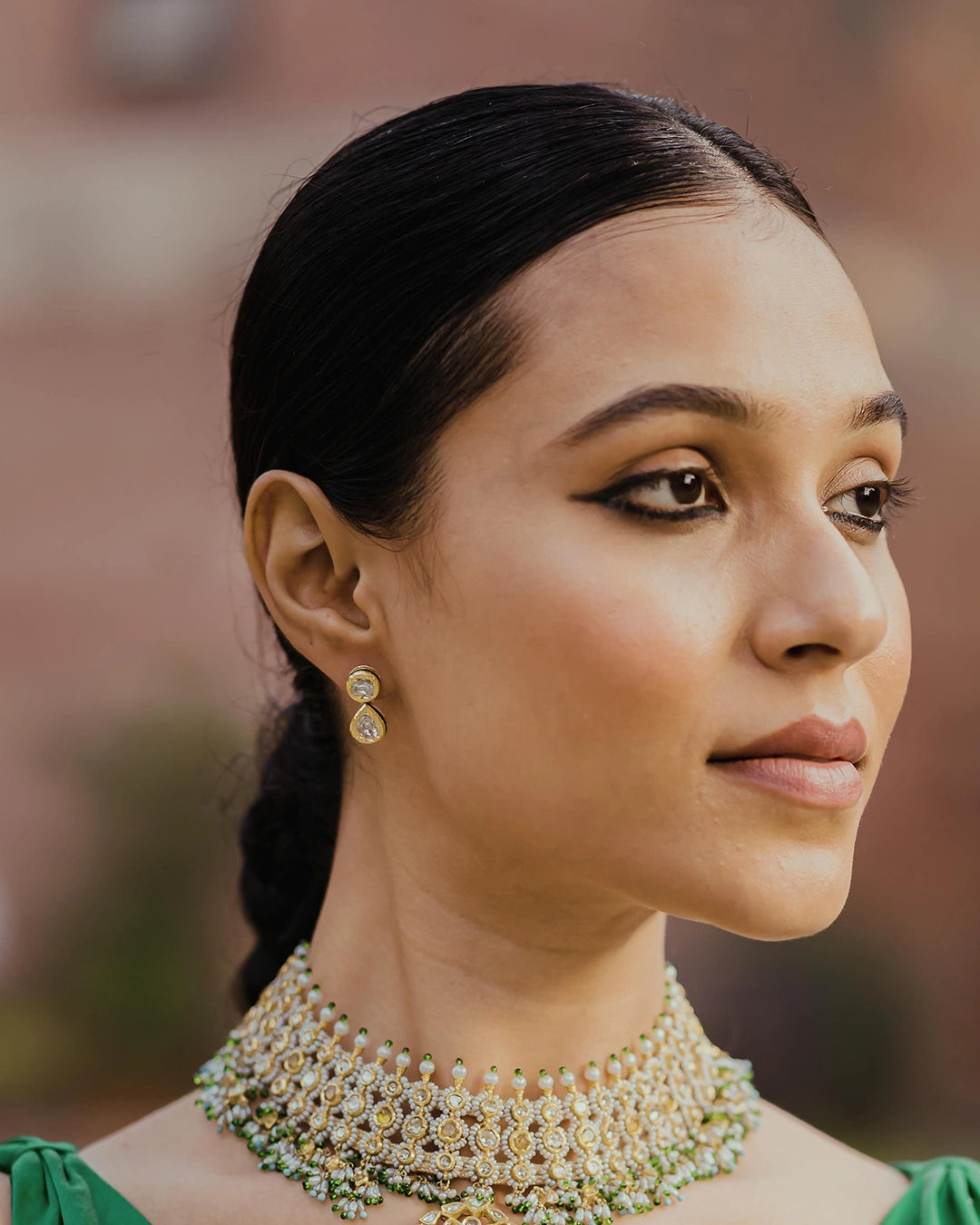Almost everybody loves a nice piece of gold jewelry. Gold has always been prized for its brightness and aesthetic appeal. However, only some are able to distinguish between various gold types or qualities. Other than its appearance, gold has other distinguishing characteristics that might reveal its quality, advantages, and disadvantages.
Many of you must have come across the terms "karat" or "carat" while shopping for gold jewelry. What exactly do these terms mean? What's the difference? And why should you even care?
Continue reading to learn why.
Carat vs. Karat in Gold Jewelry—What’s the Difference?

Image courtesy: Wikimedia Commons
Short answer:
In the jewelry industry, both words are used for a type of measurement, but the things being measured are completely different. A carat is a weight unit that is used to determine how big a gemstone, like a diamond, is. The karat indicates the ratio of gold out of 24 parts in an alloy. Therefore 18K gold means that out of 24 parts in the alloy, 18 parts are pure gold.
Merriam Webster tells us the following story for the long answer:
Prior to the development of accurate measuring tools, it was believed that bigger precious stones were better. As a result, when people required a reference point for weighing their stones hundreds of years ago, they looked to the carob tree. The carob seed was chosen as the standard unit of weight because it weighed around the same as the smallest gemstone at the time.
The carob seed came to be referred to as “carat”, which is derived, via medieval French and Italian, from the Arabic word qīrāṭ, which means "bean pod” and is in turn derived from the Greek word keration. Since the seed was given the term "carat," any stone that was close to that weight was also considered to weigh one carat.
The origin of the term “karat” is the same as that of the term carat, but it refers to the fineness of gold. One karat is equivalent to 1/24th part pure gold in an alloy. Therefore, a 14-karat or 14k gold ring is made up of 14 parts of gold and 10 parts of another metal, such as copper. The usual carat weights are 10, 14, 18, 22, and 24. There is nothing above 24k gold since it is pure gold.
Decoded: Different Gold Karat Values in Jewelry

Image courtesy: Ken&Dana Design
10K Gold Jewelry: Enduring and Affordable
Jewelry made from 10k gold will have 10 parts of gold in 24 parts of alloy, or about 41.7% pure gold. The rest would be some other metal such as copper, zinc, silver, or nickel. 10K gold is considered to be the least pure form of gold, but it is also the most durable. Someone who works in an area where the jewelry may be damaged or scratched would find 10k gold to be appealing.
Another downside of 10K gold is that it can be bad for your skin. The high quantity of other metals can cause allergic reactions, such as itching, blisters, and contact dermatitis. Consequently, this form of gold may be best avoided by those with sensitive skin.
14K Gold Jewelry: Valuable and Classic
Jewelry made from 14K gold has 14 parts of gold in 24 parts of alloy, or about 58.3% pure gold. The remaining parts can be any other metal. A piece of 14K gold is strong and won't tarnish easily, similar to 10K gold. The traditional choice for lasting elegance in gold jewelry is 14k gold. It is the most popular option for wedding bands and engagement rings since it is perfect for daily use.
18K Gold Jewelry: Practically Pure
18K gold jewelry is made of 18 parts gold, i.e. 75% is pure gold. The remaining 25% is some other metal such as silver, zinc, titanium, copper, or nickel. Compared to 14K, 18K gold jewelry typically has a richer yellow tone. Due to the higher gold content in 18K pieces, they will also cost more than 14k pieces and are typically considered to be of superior quality.
This type of gold is highly sought-after for excellent gold and diamond jewelry items because of its bright yellow tone with a little dull hue. Because 18K gold contains fewer mixed metals and alloys than 10K or 14K gold, it is more hypoallergenic and may be preferred by those with particularly sensitive skin.
22K Gold Jewelry: Virtually Pure
Gold jewelry made of 22K gold has 22 parts pure gold and only 2 parts of another metal. With almost 92% gold content, it is virtually pure. Even with just 8% of alloyed metal, 22K gold is somewhat more durable and stronger than pure gold. However, as this combination is still the softest type of mixed metal jewelry, care must be made when wearing it.
22K gold is not the best type of gold to use when creating heavy-studded jewelry. The reason for this is that 22K gold is softer than diamonds and other precious gemstones and is unable to hold them firmly during regular use of the jewelry item. Therefore, it can’t support their weight. Many wedding jewelry pieces and other items that are worn only occasionally are made of this type of gold.
24k Gold Jewelry: Theoretically Perfect
24K gold is the purest form of gold—all 24 parts are gold. Due to the fact that 24K gold is malleable and can bend easily, it is not used in making gold jewelry as frequently. 24K gold is more frequently used for making gold coins and bars. However, to make 24K gold coins more durable, a very little quantity of alloy is also added to the mixture. Certain electronics and medical equipment that require gold as a material, also use 24K gold.
What’s Your Preferred Gold Mix for Your Jewelry?

Image courtesy: Unsplash
Which kind of gold is best for your gold jewelry, then? It depends—depends on your priorities. You can consider the following factors when trying to find an answer to this question:
Color and Appearance
Appearance and color may probably be one of your top priorities. This is subjective in most cases. For instance, those who desire a traditional or classic appearance favor brilliant yellow. The best option is 18K gold, while 14K gold with the appropriate alloying metal is also an option. You may need a lower karat rating and an alloying metal such as palladium or platinum if you're seeking white gold. You may need a 14K or 10K with copper as an alloying material for rose gold.
Endurance
As you know by now, 24K gold is not the right choice for making gold jewelry because it would be incredibly simple to scratch and deform it. 22K and 18K are pure and also sturdier than 24K, but they are also likely to sustain damage over time. Options made of lower-karat gold are stronger and more durable. If the gold jewelry you’re buying is to be worn occasionally, then you can go for 18K or even 22K. But if it’s going to be everyday wear jewelry, 14K might be a more practical option.
Skin Sensitivity
You should also think about how gold jewelry feels when you wear it and whether it can irritate your skin. Allergies prevent millions of people from liking certain kinds of metals. No matter what purity of gold you're going for, there shouldn't typically be a problem with the gold itself. Therefore, irritation is less likely to occur at higher purities.
Price
Your alternatives may be constrained if you're on a limited budget. Jewelry with a higher karat would typically cost more because there is more gold in it. In terms of cost and value, 14K gold is frequently a suitable mid-range alternative.
